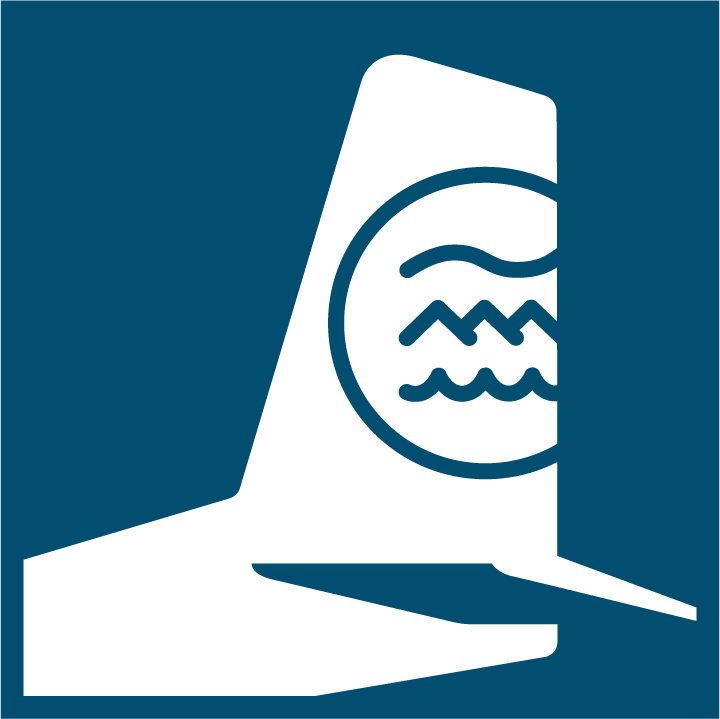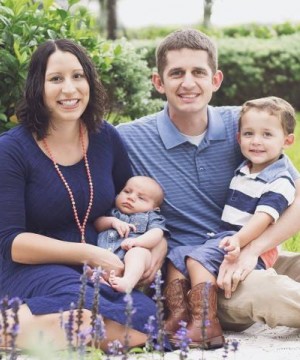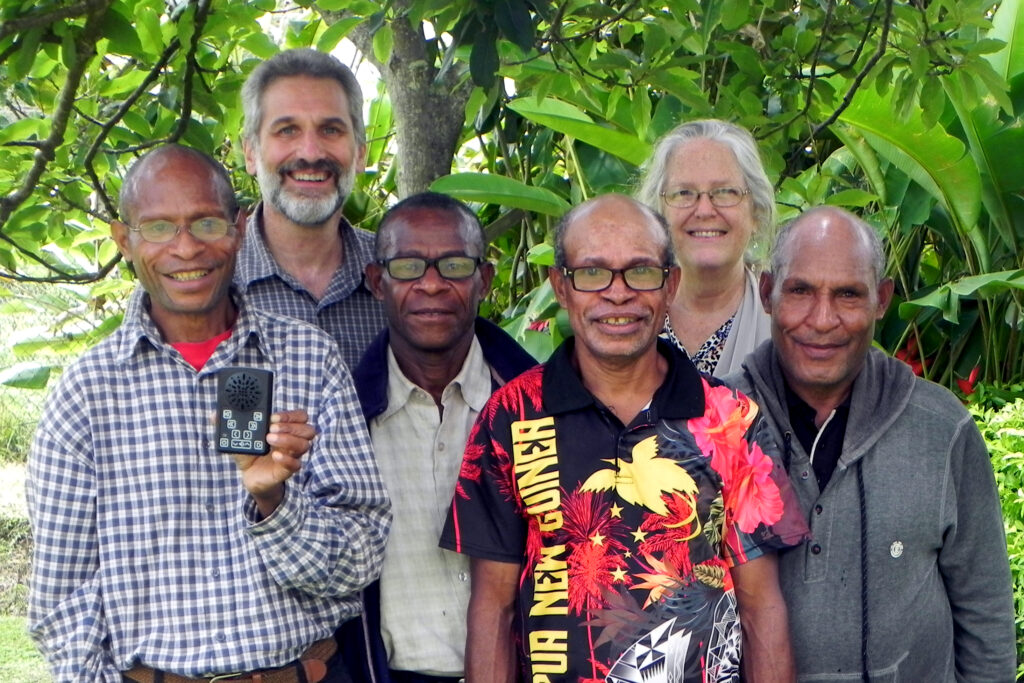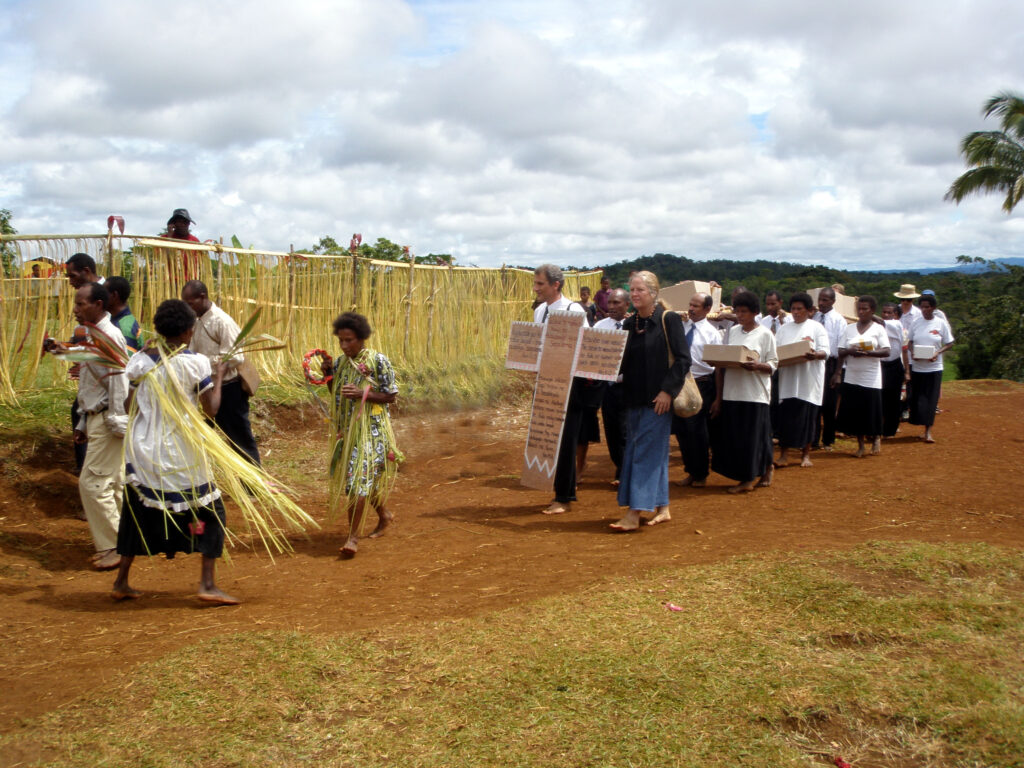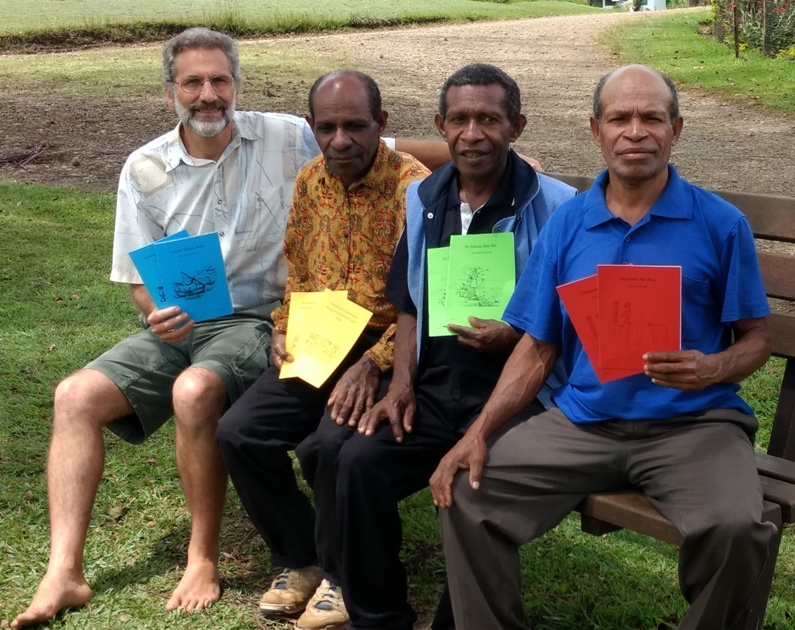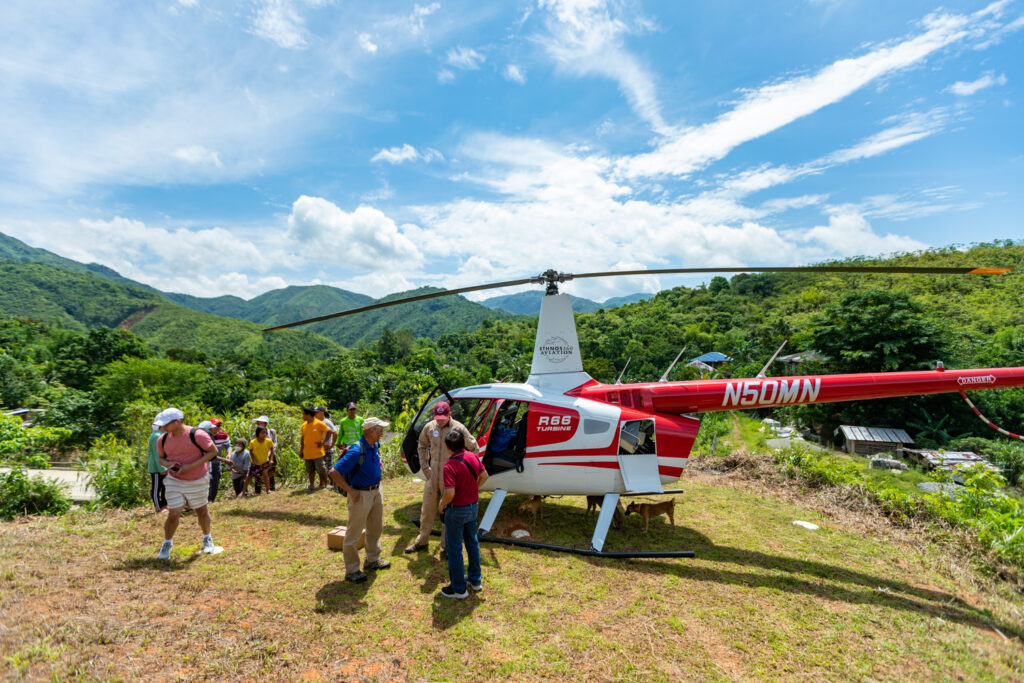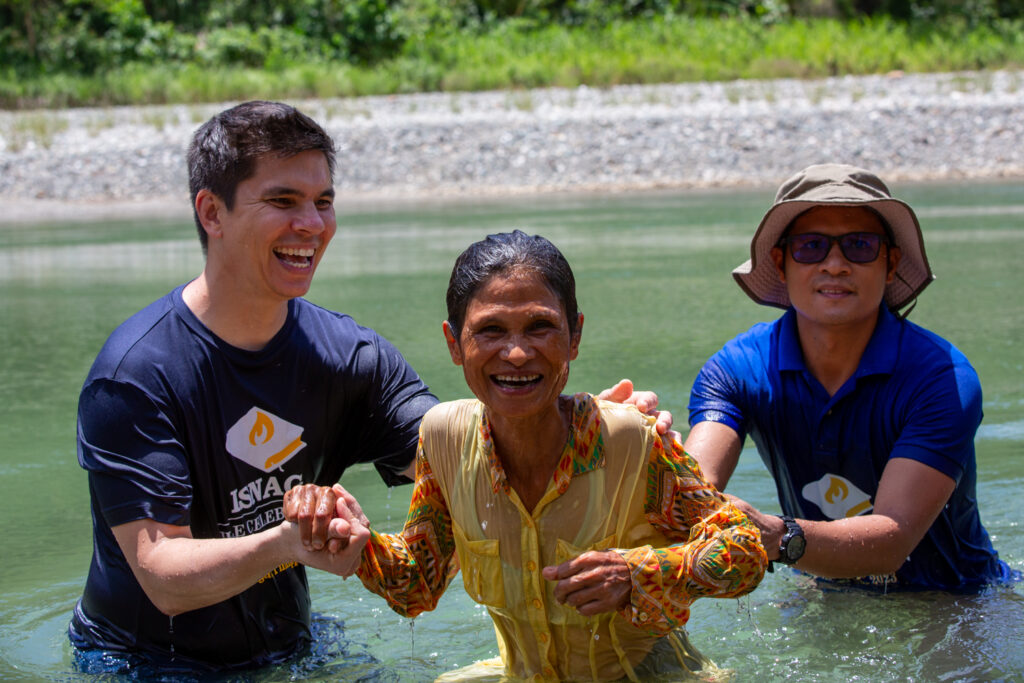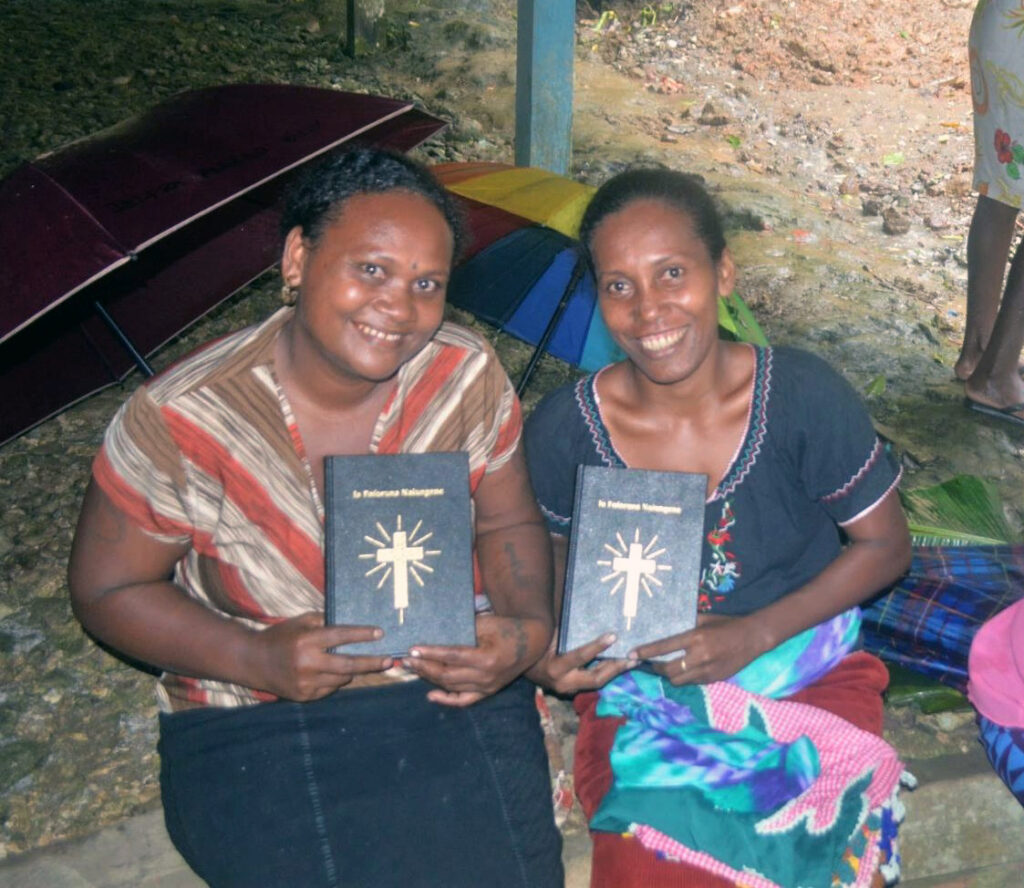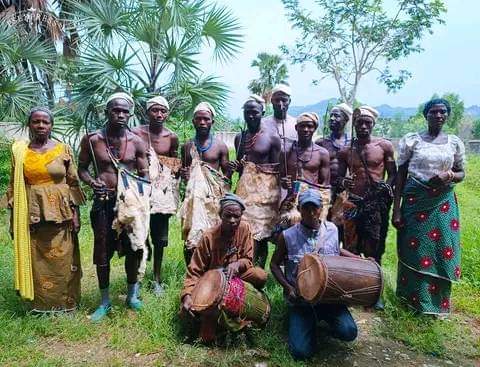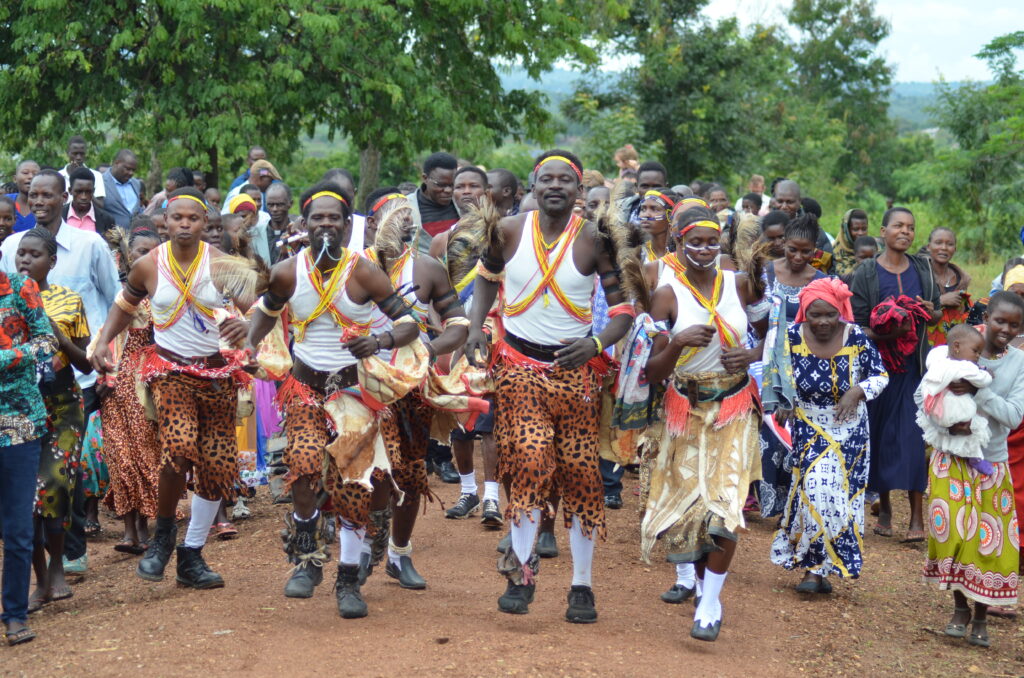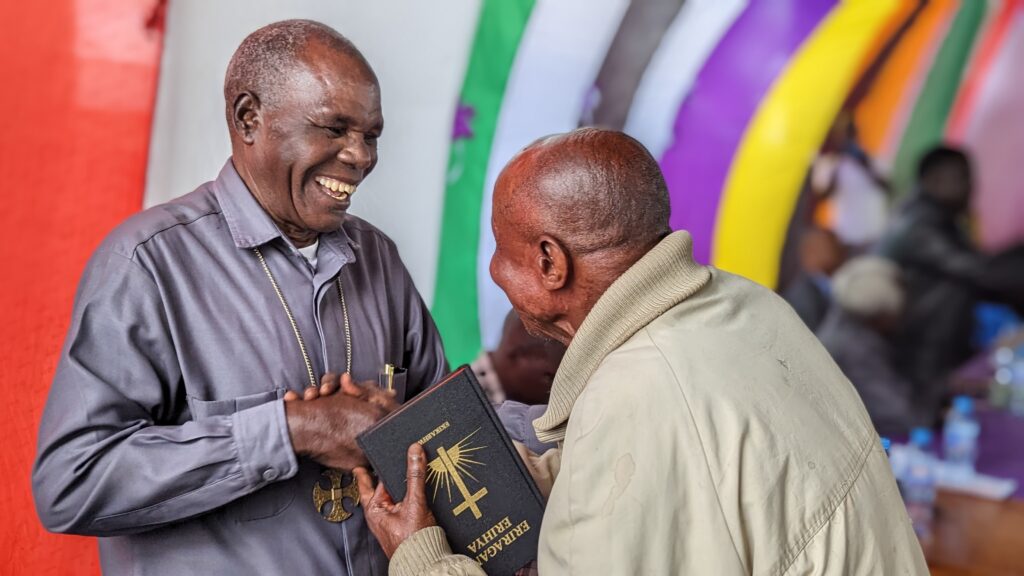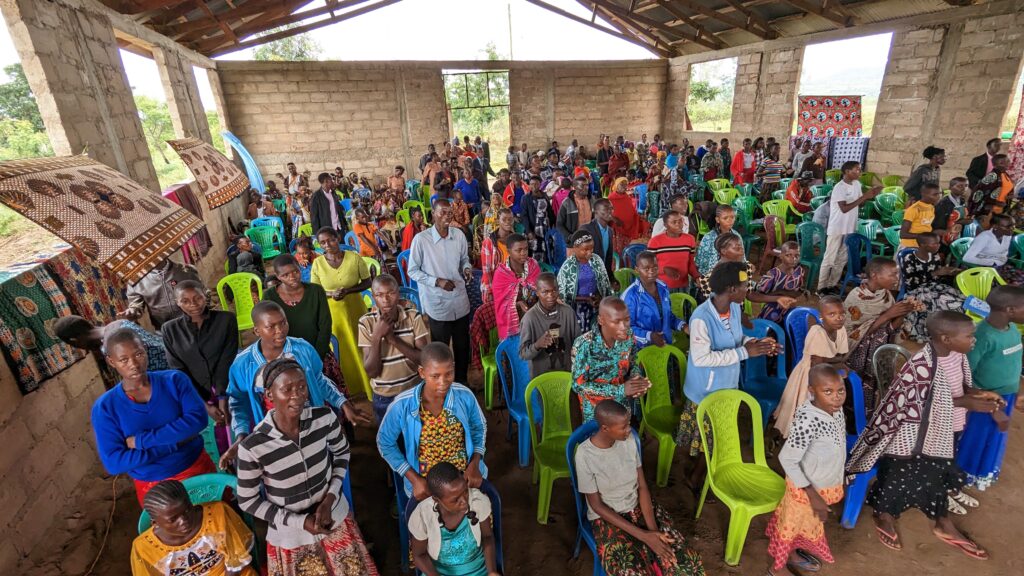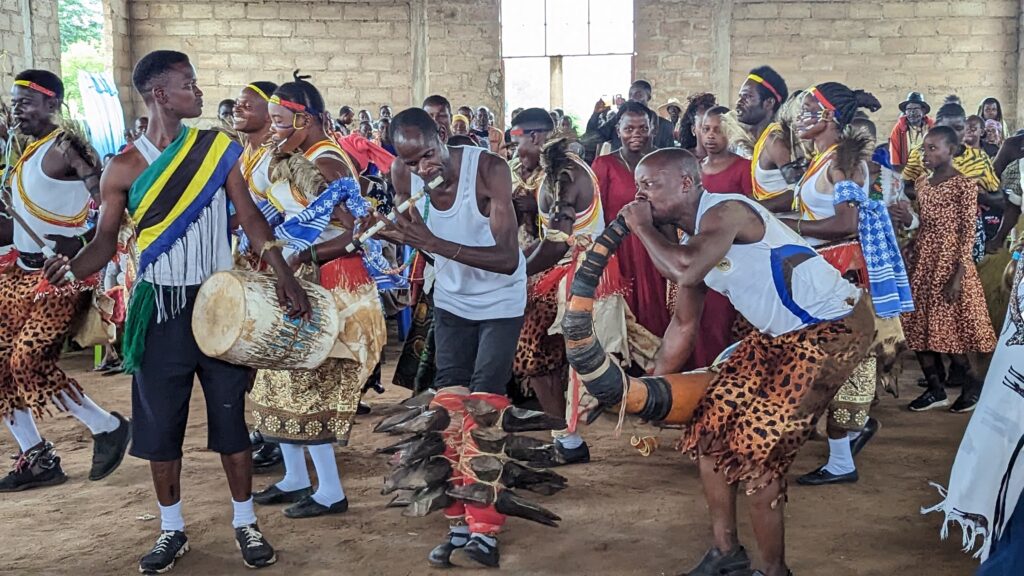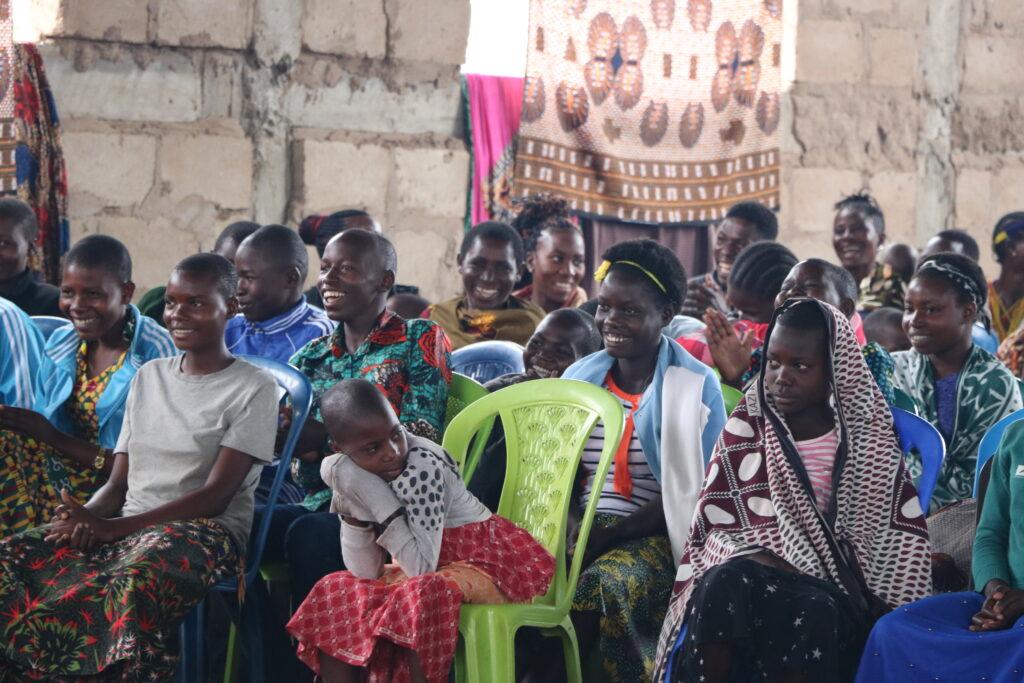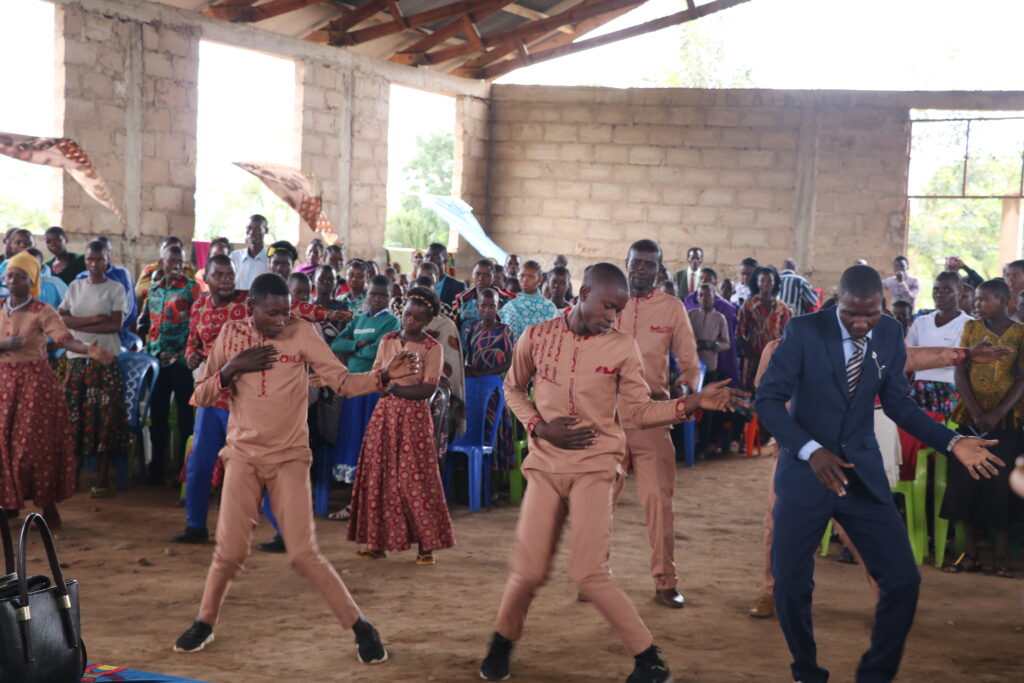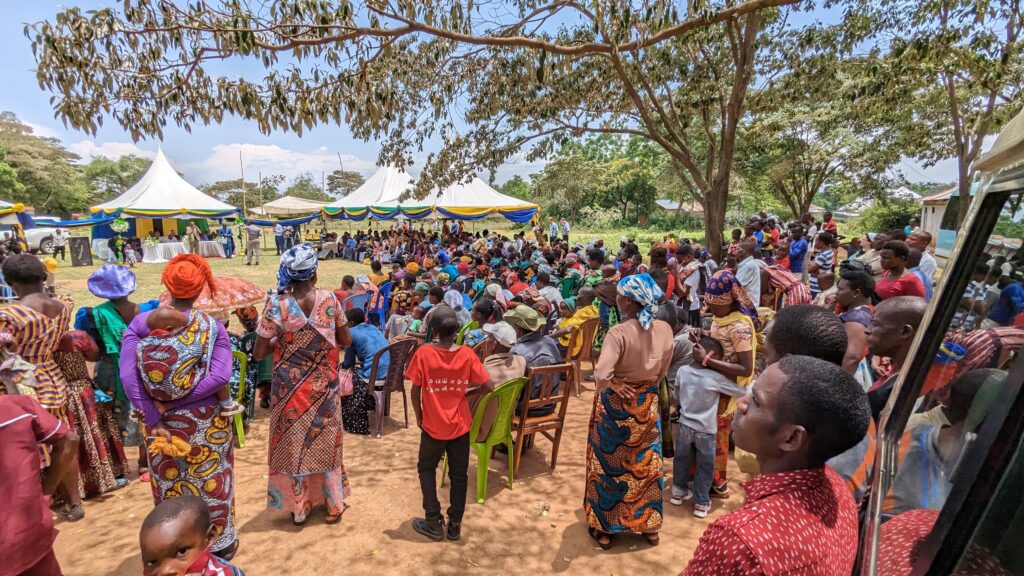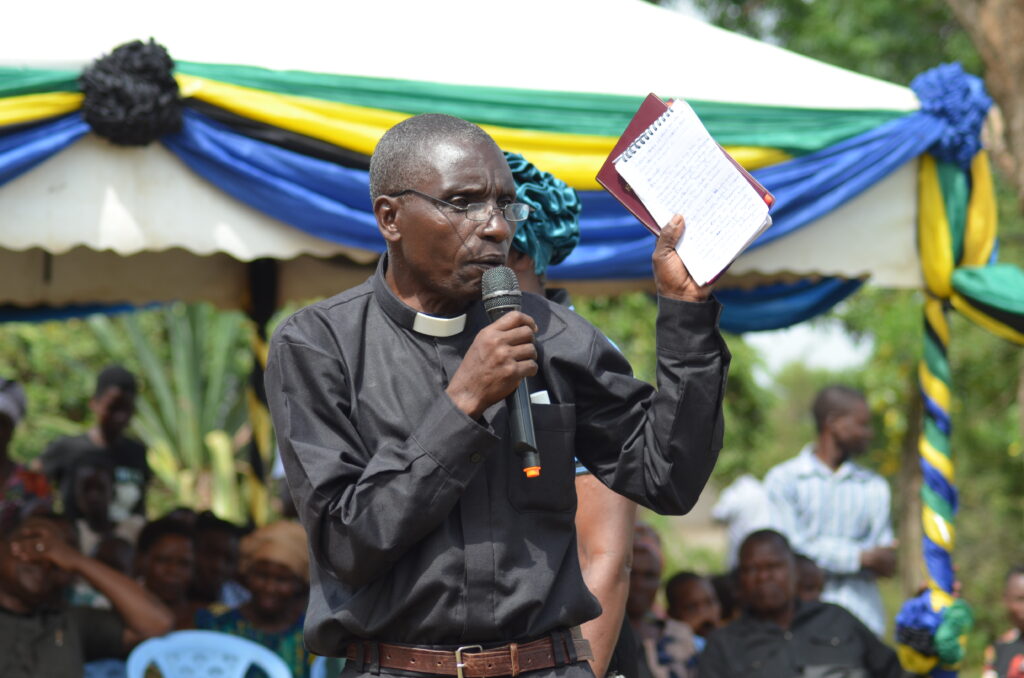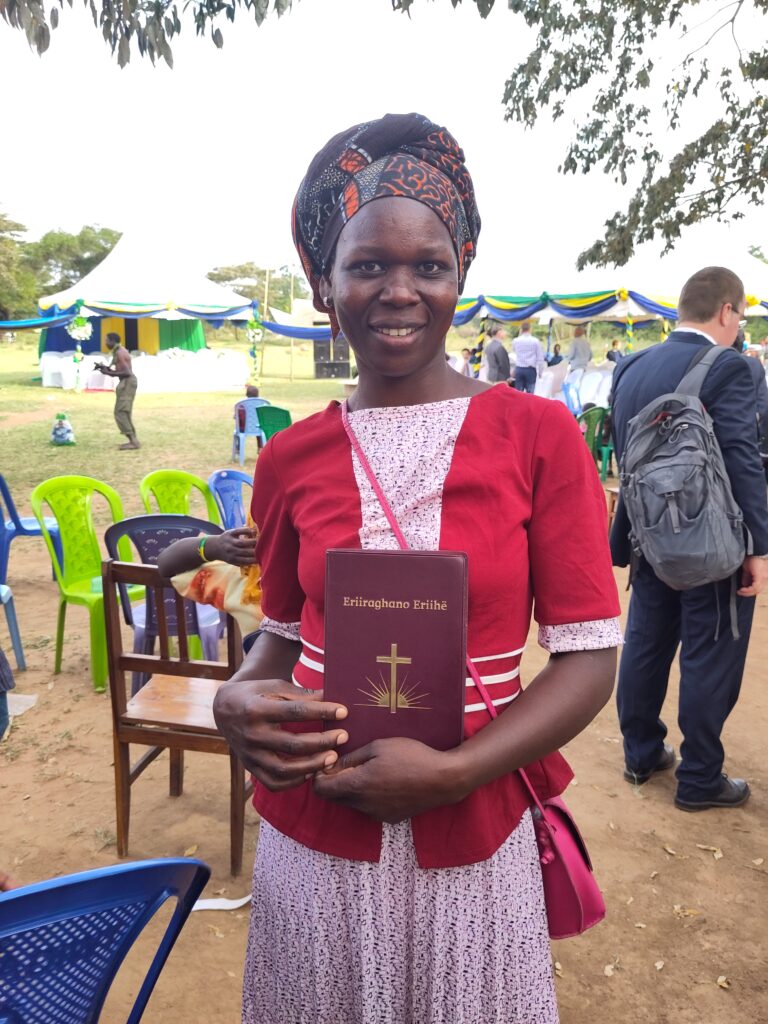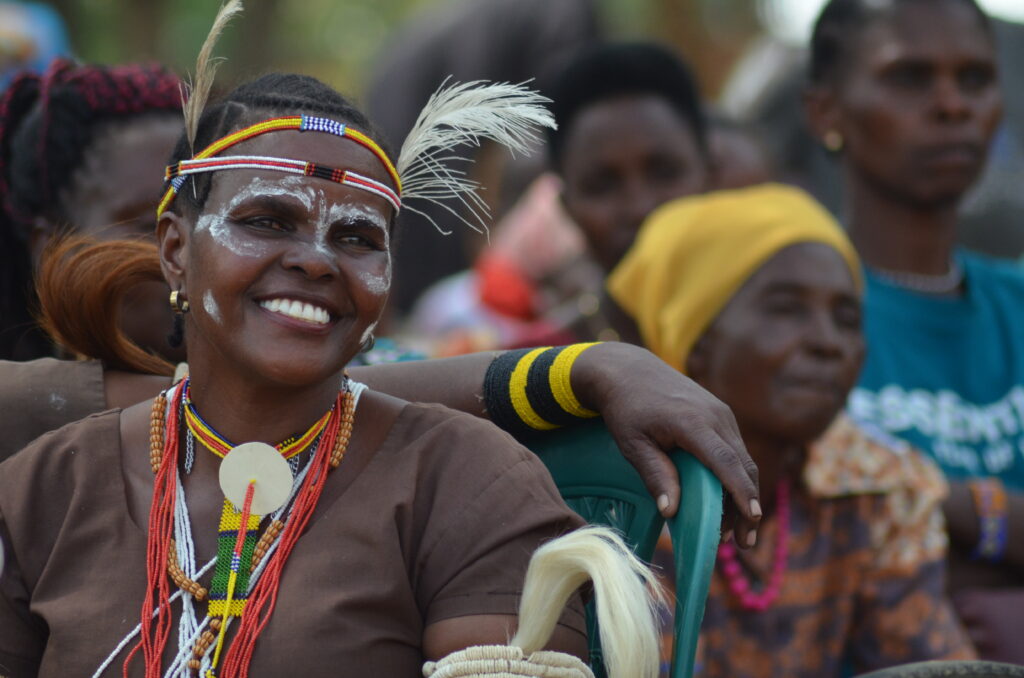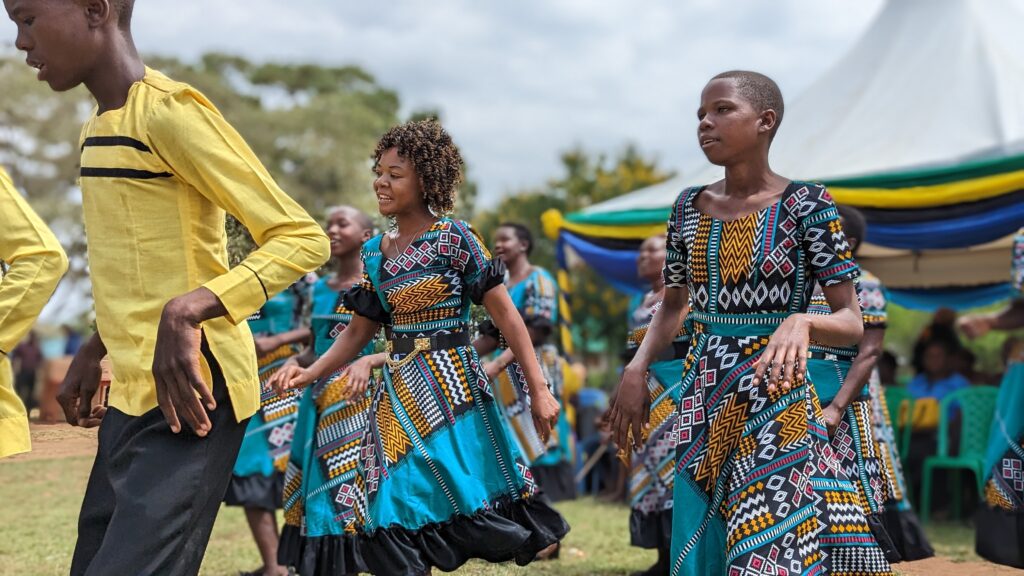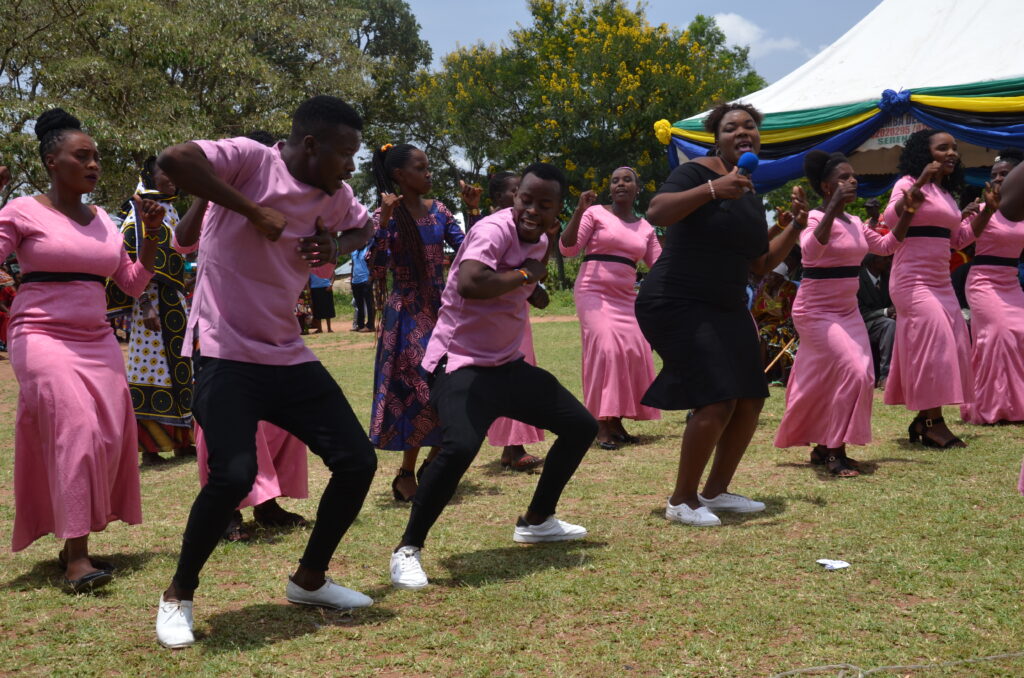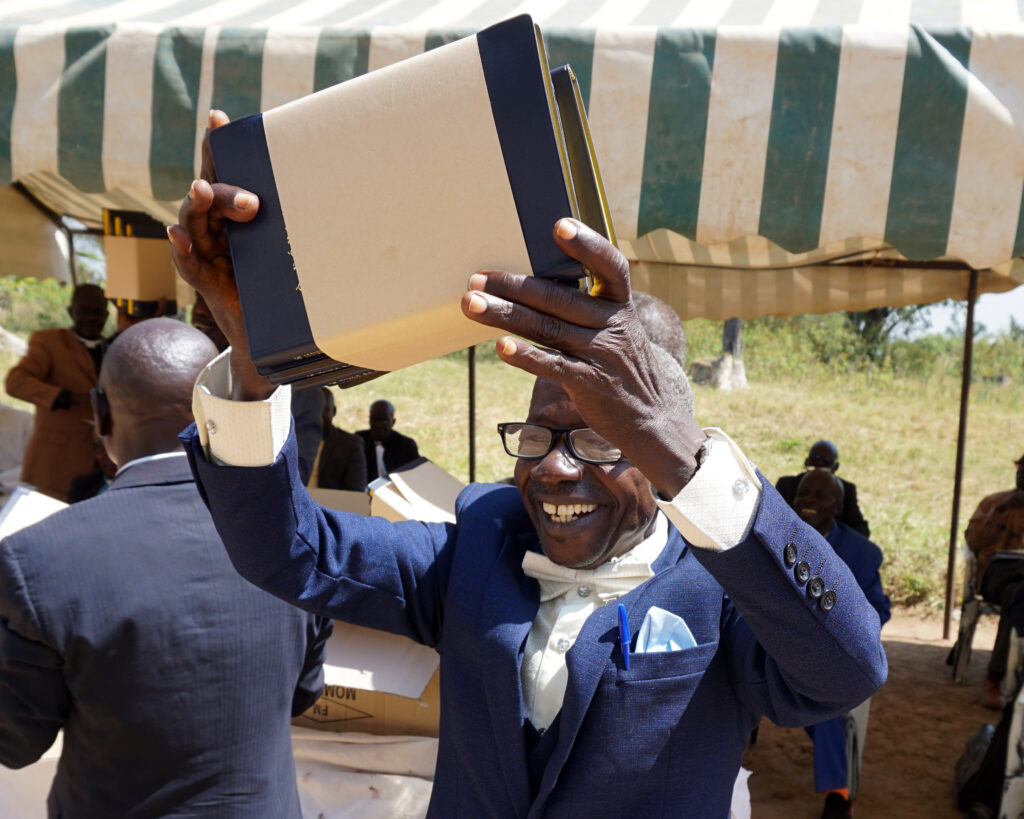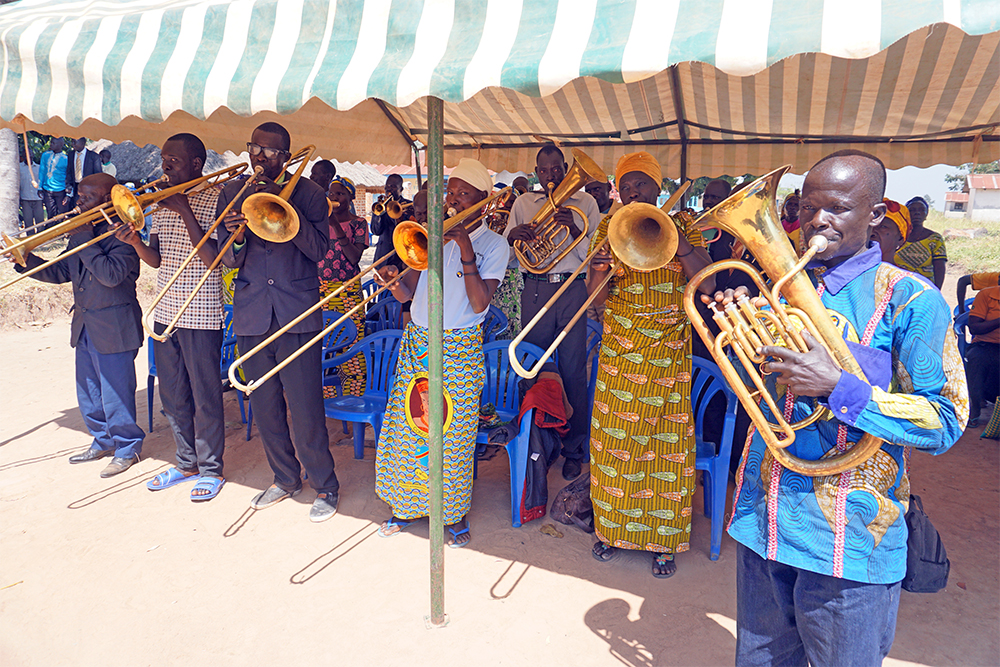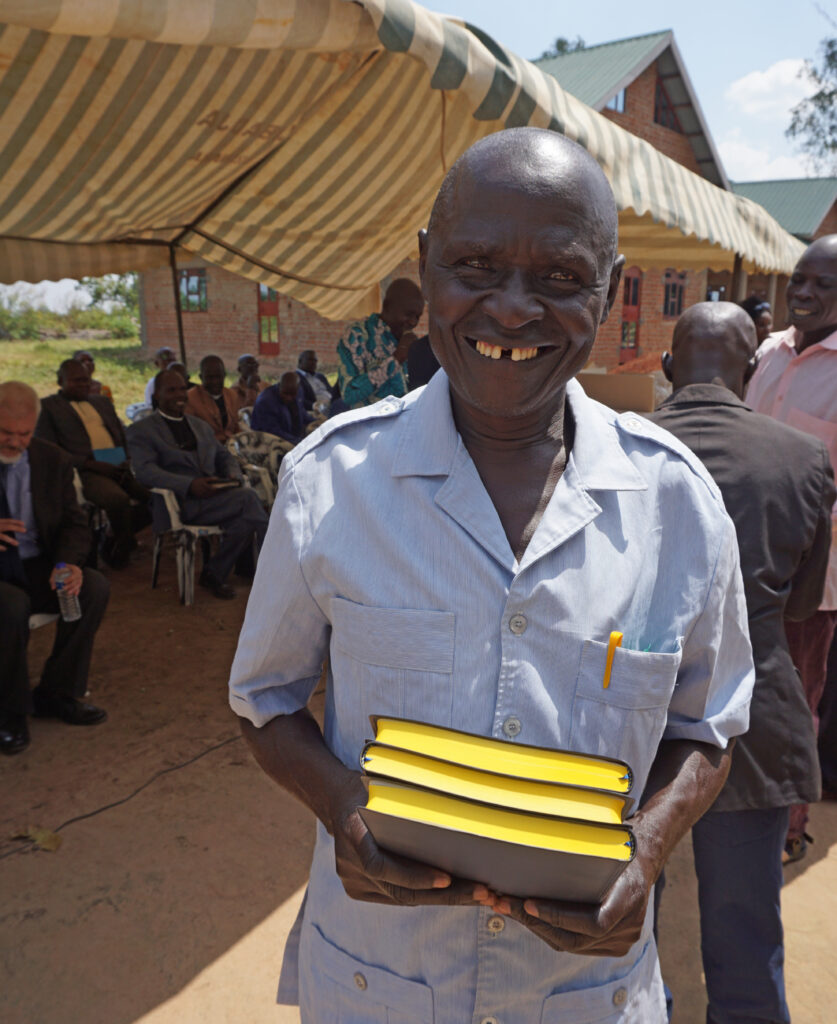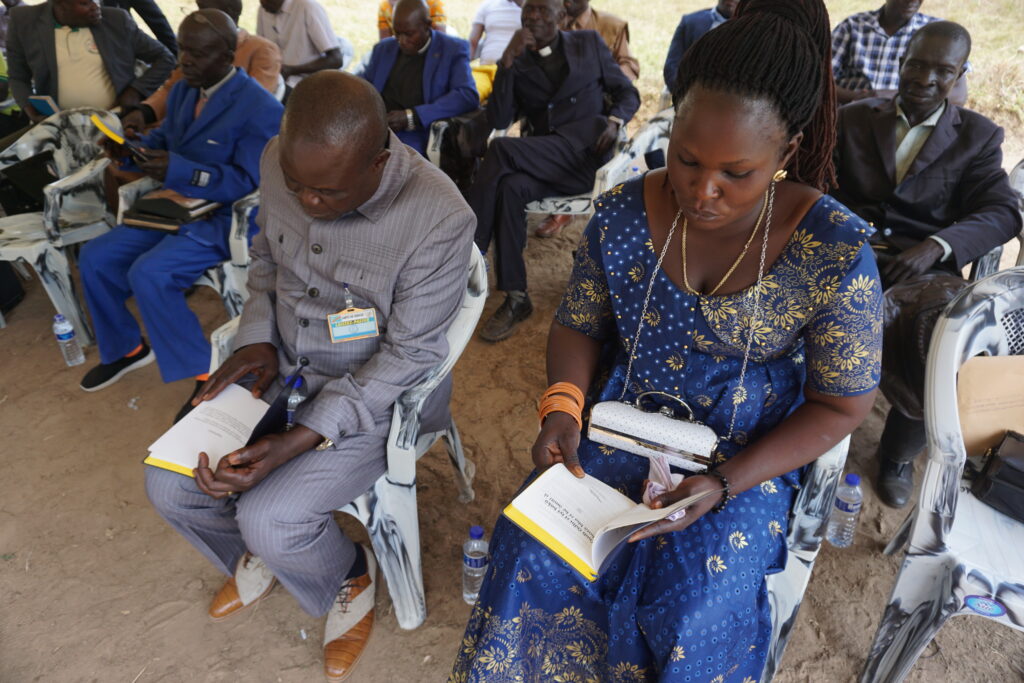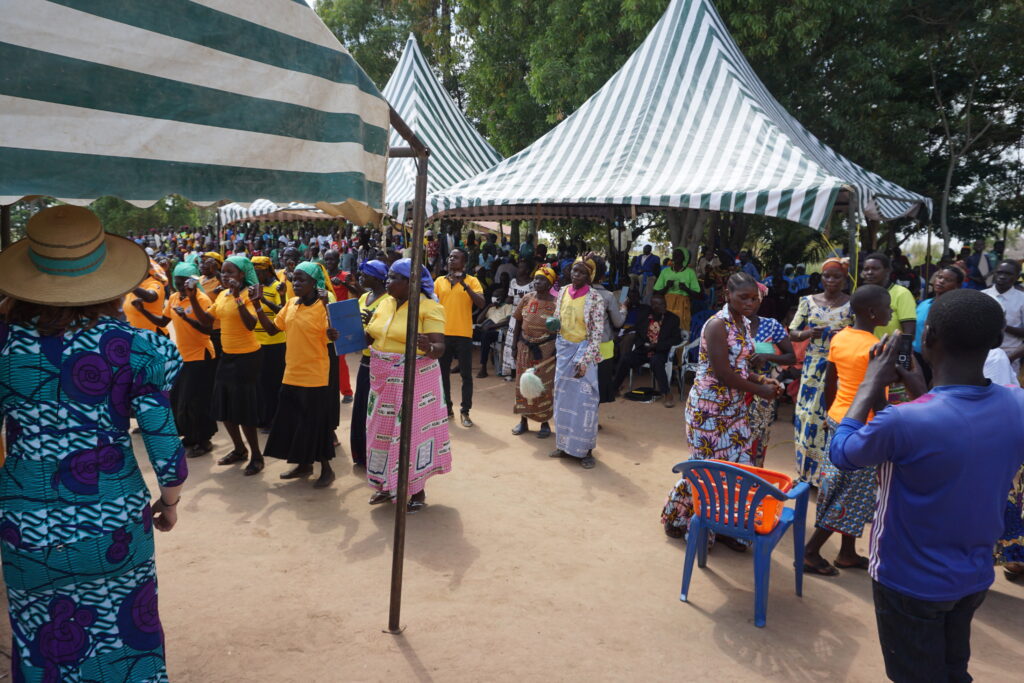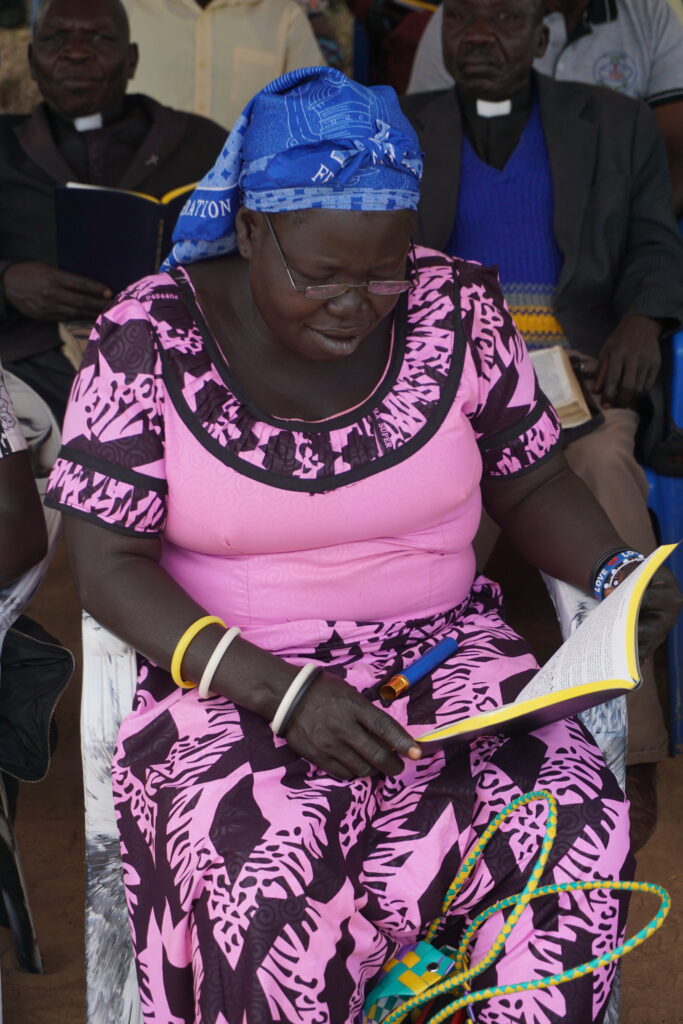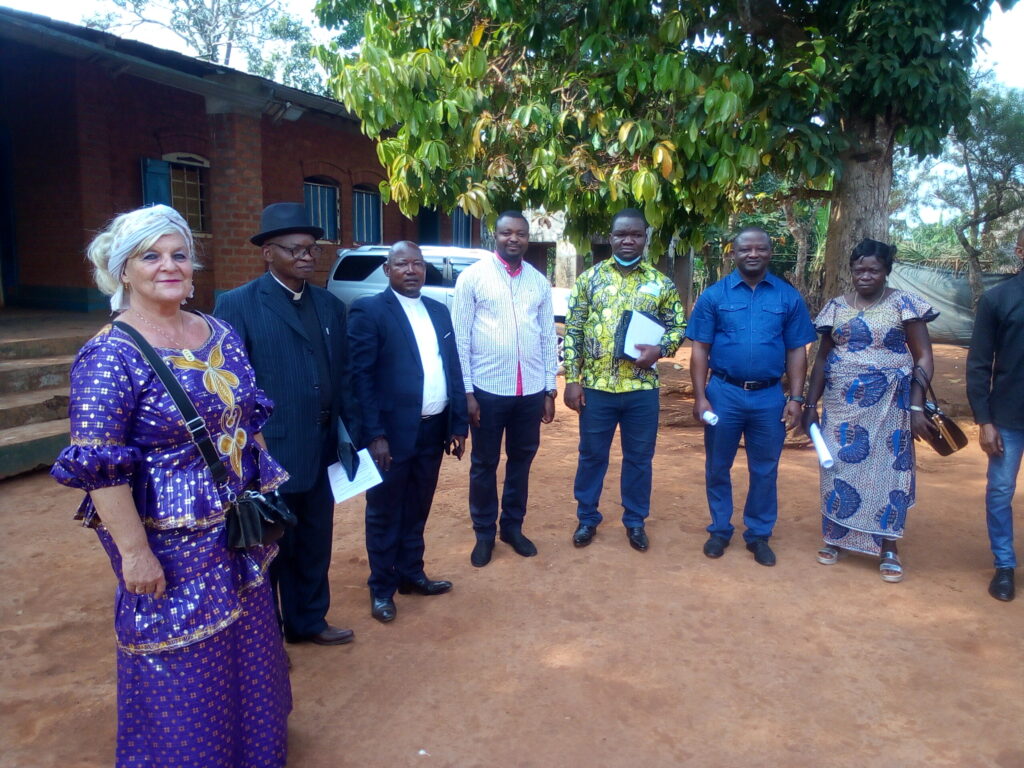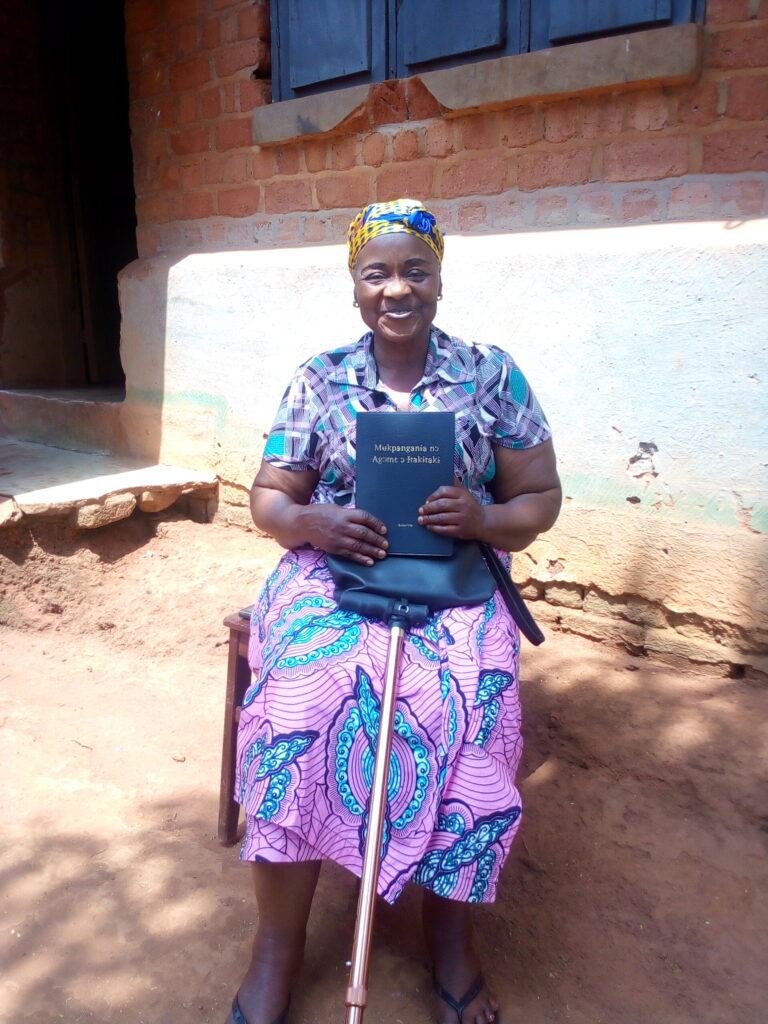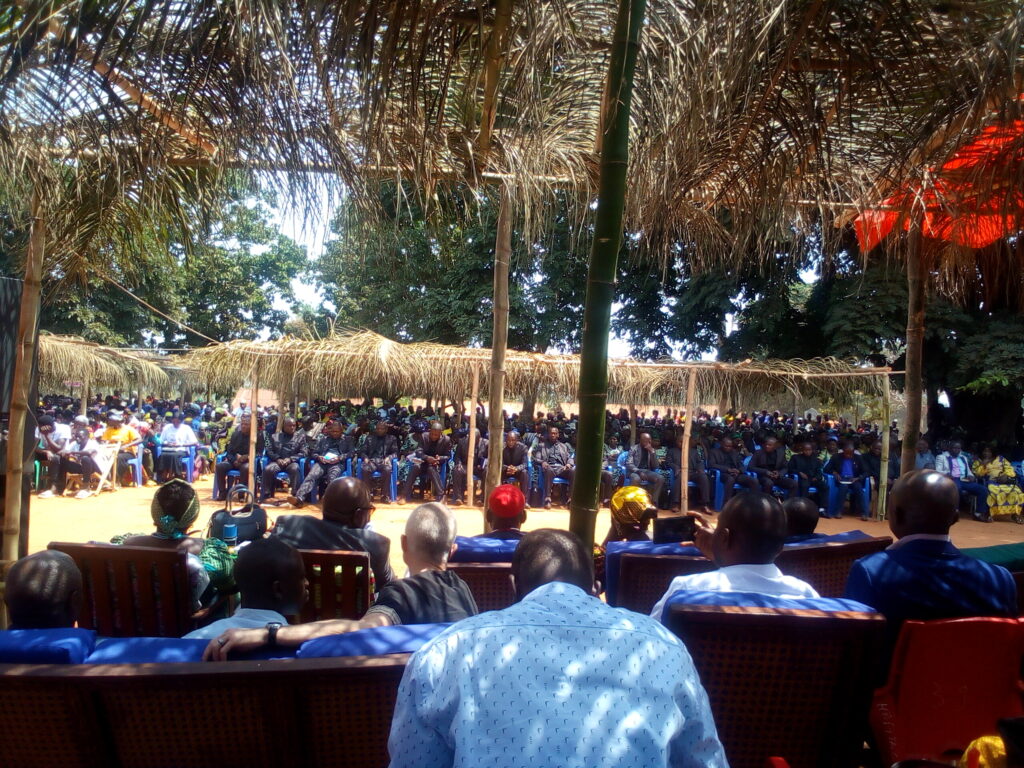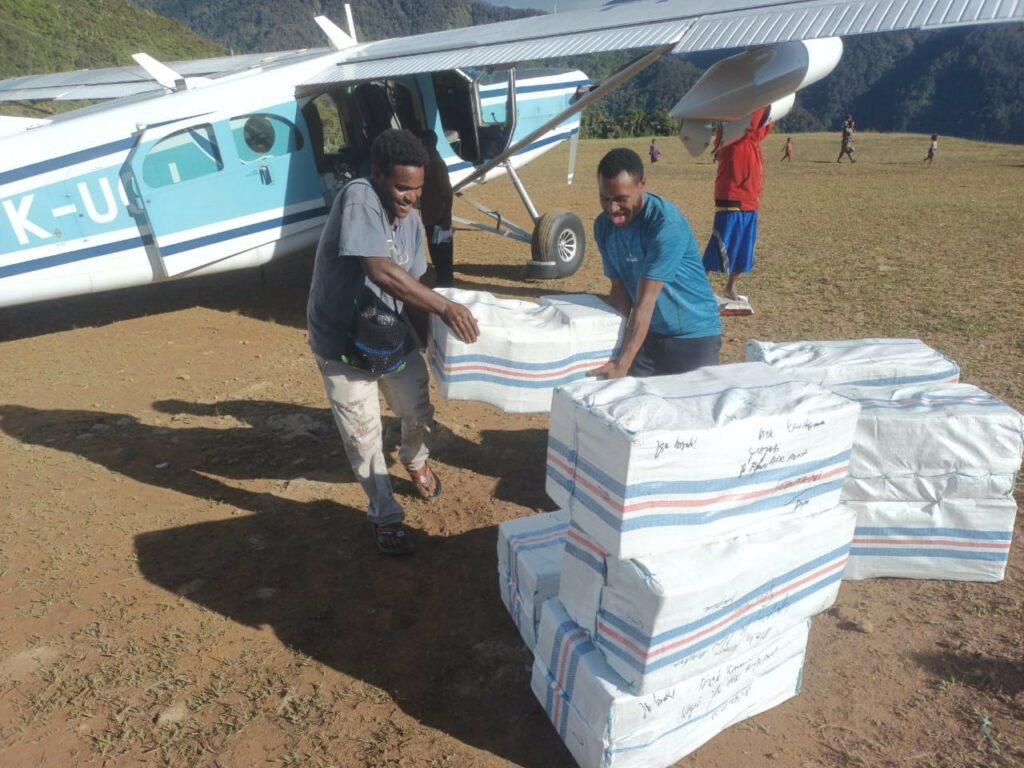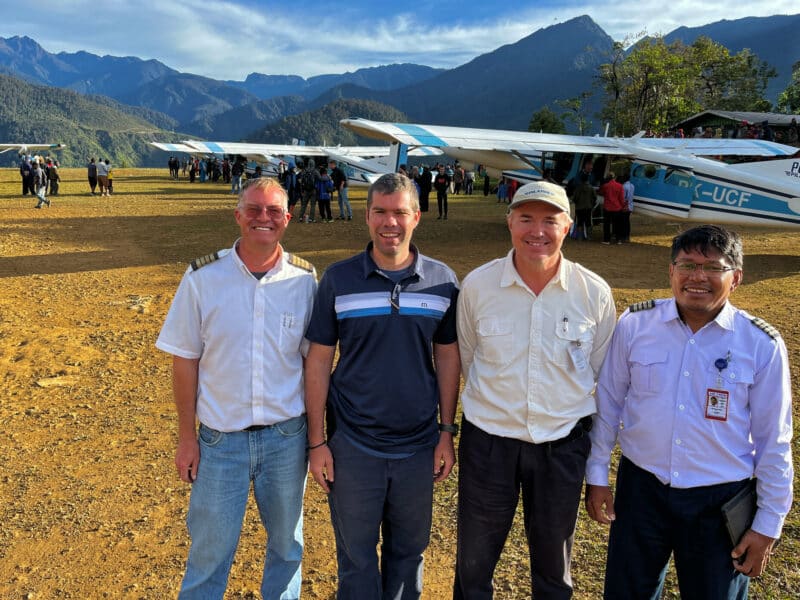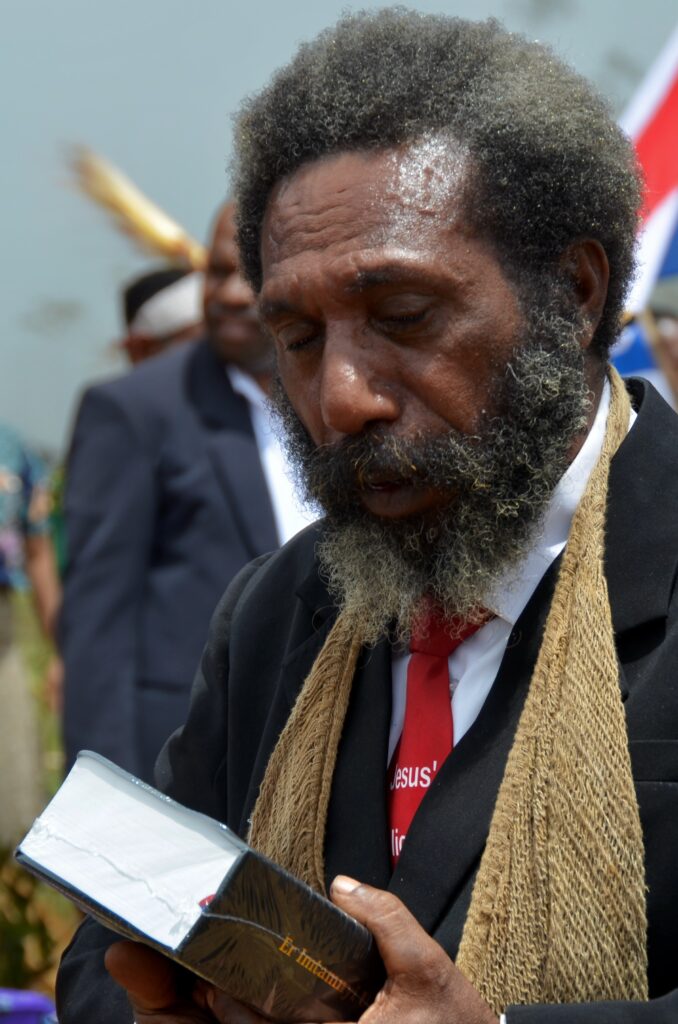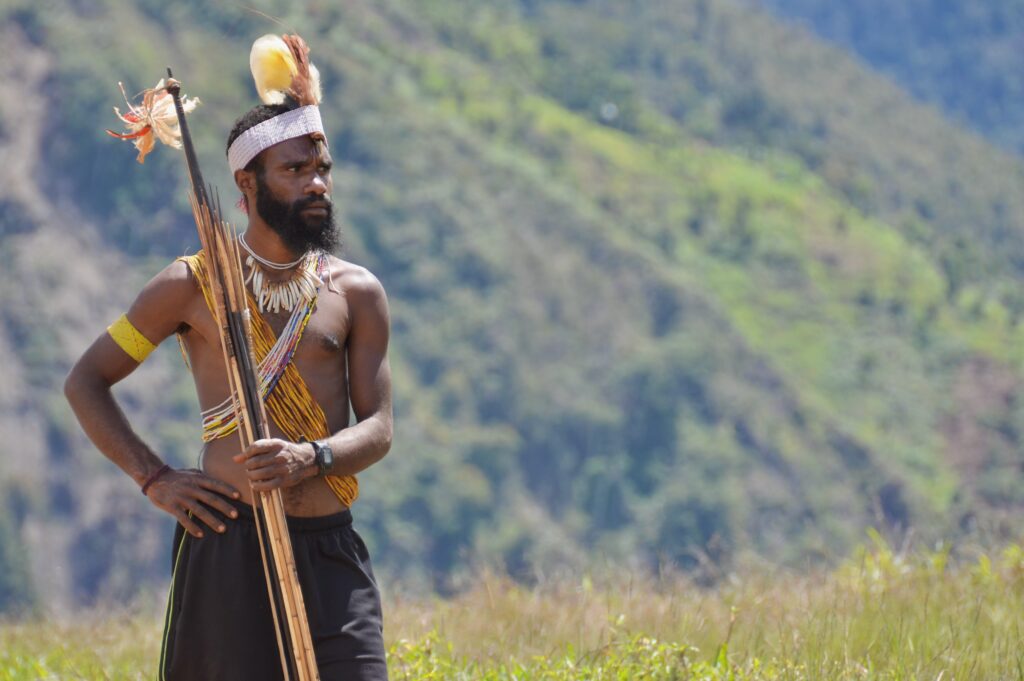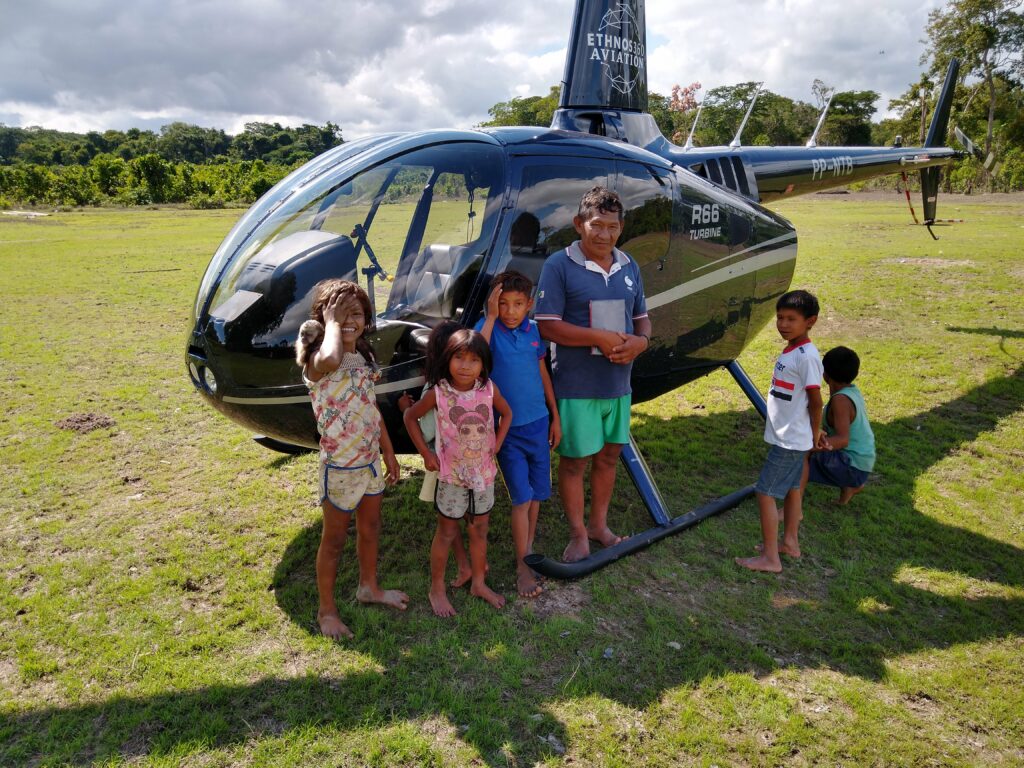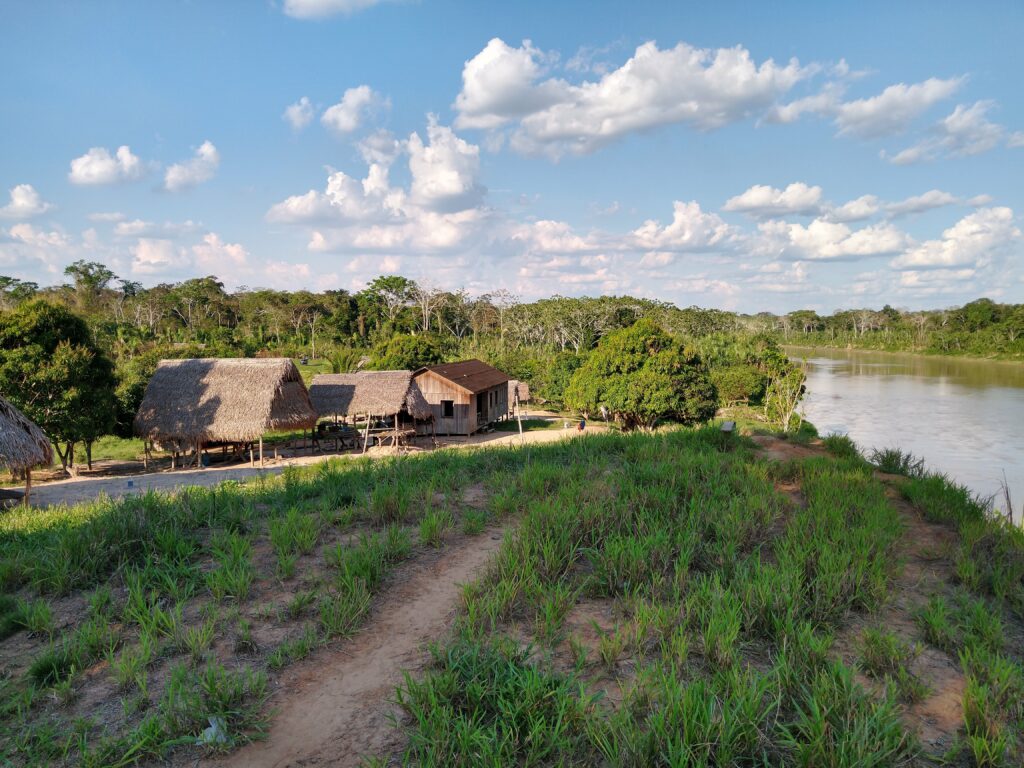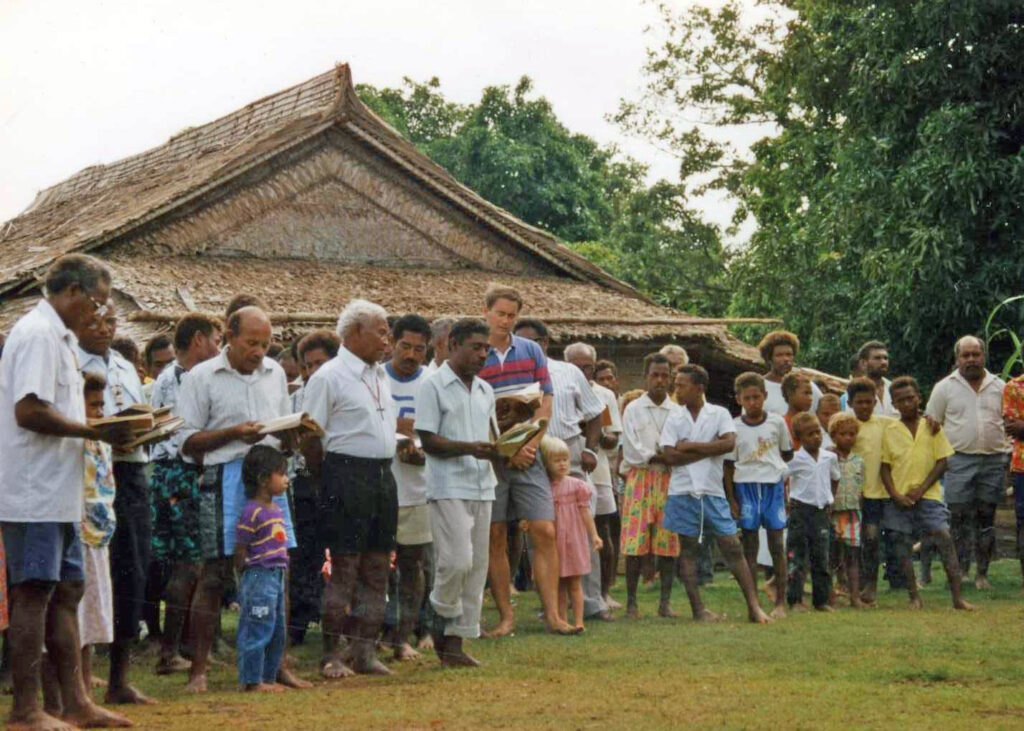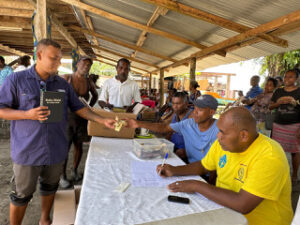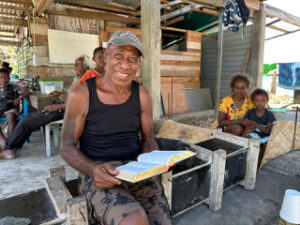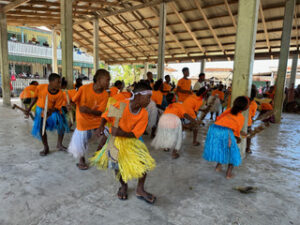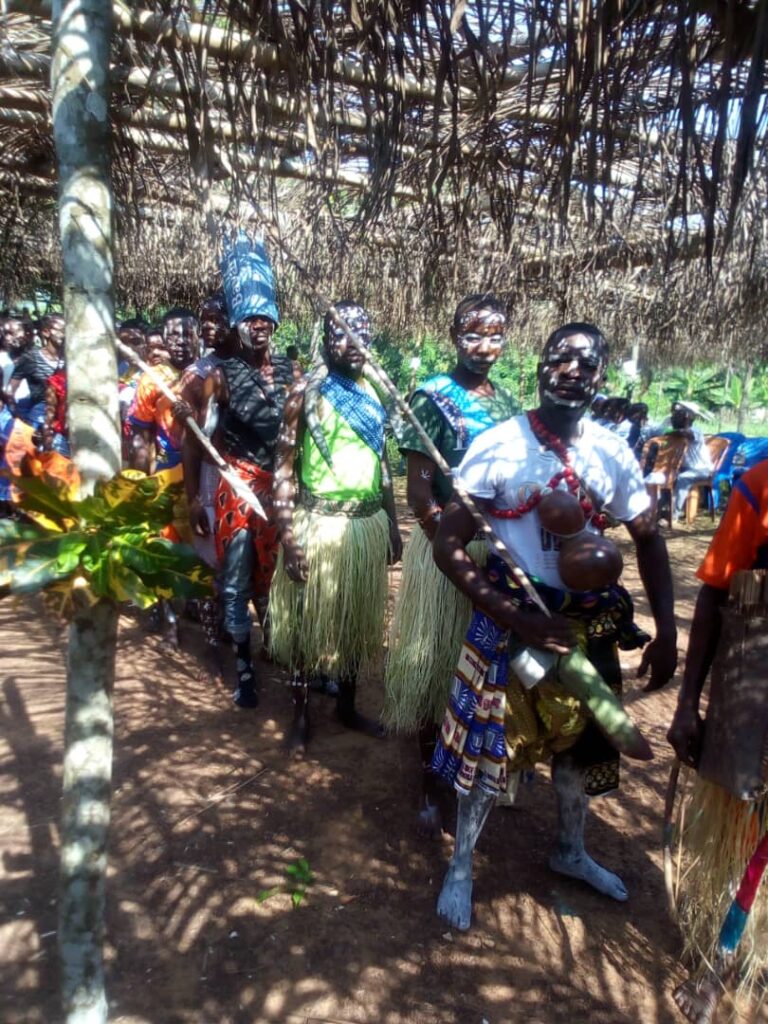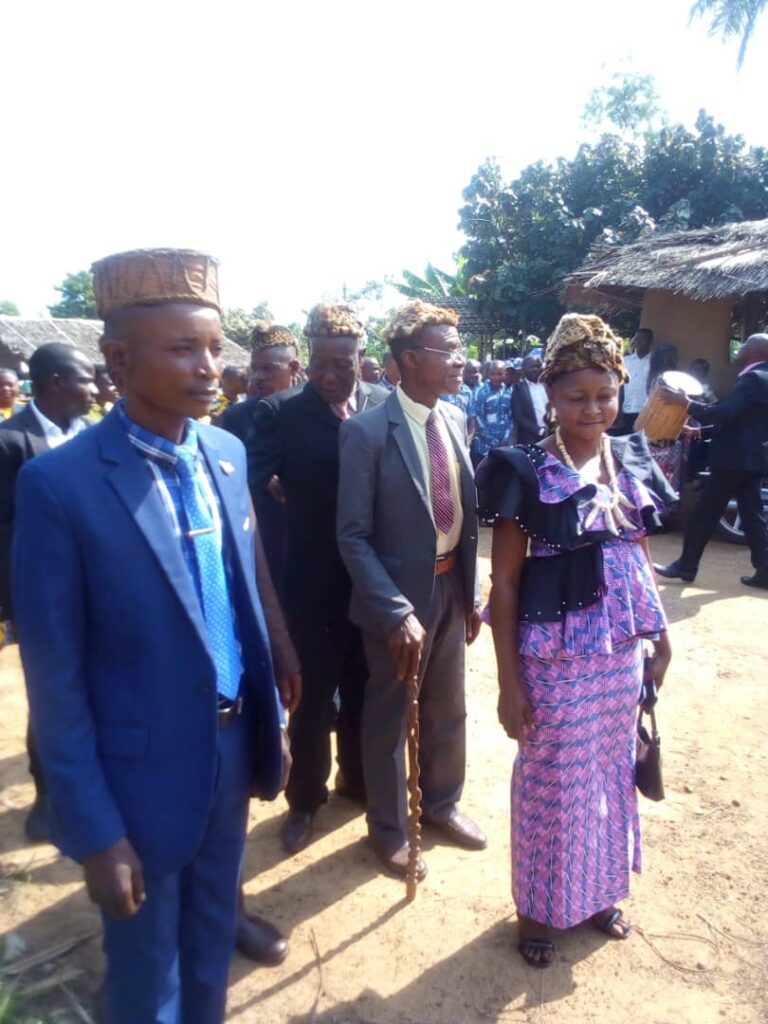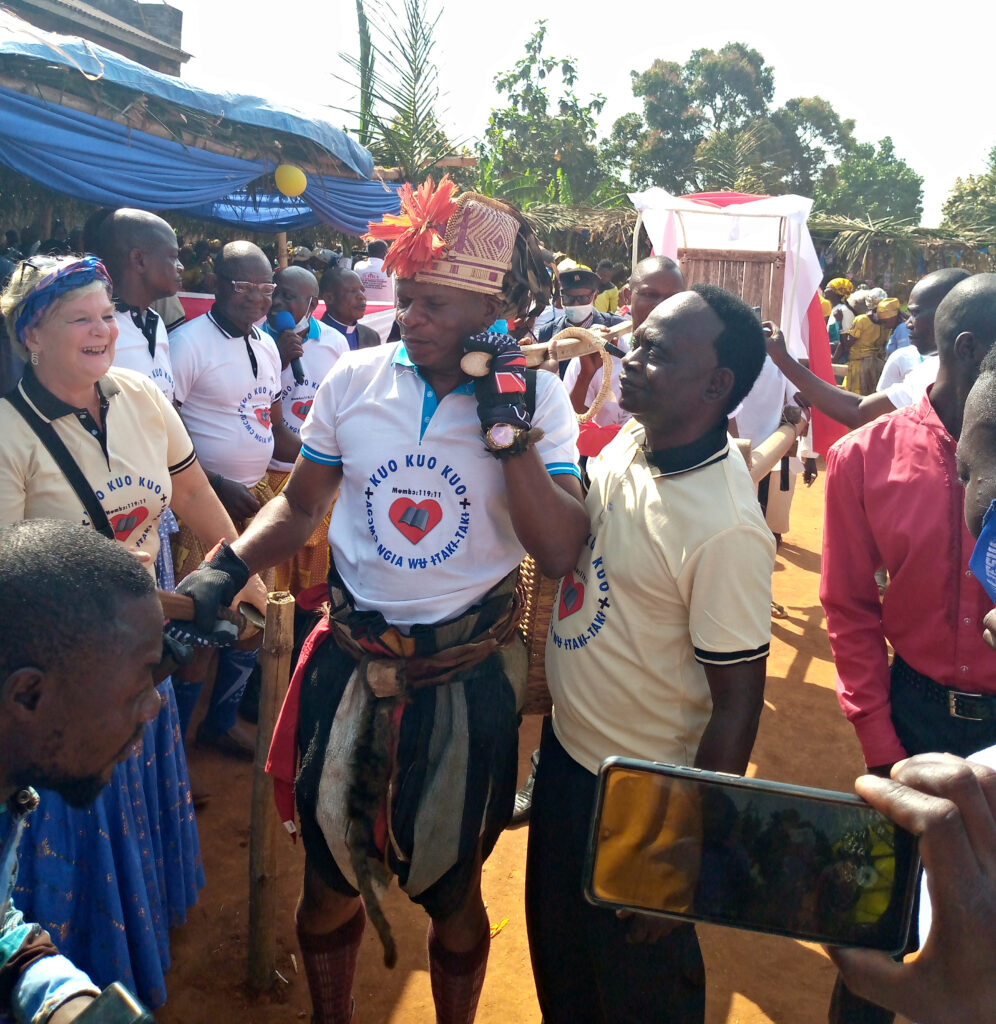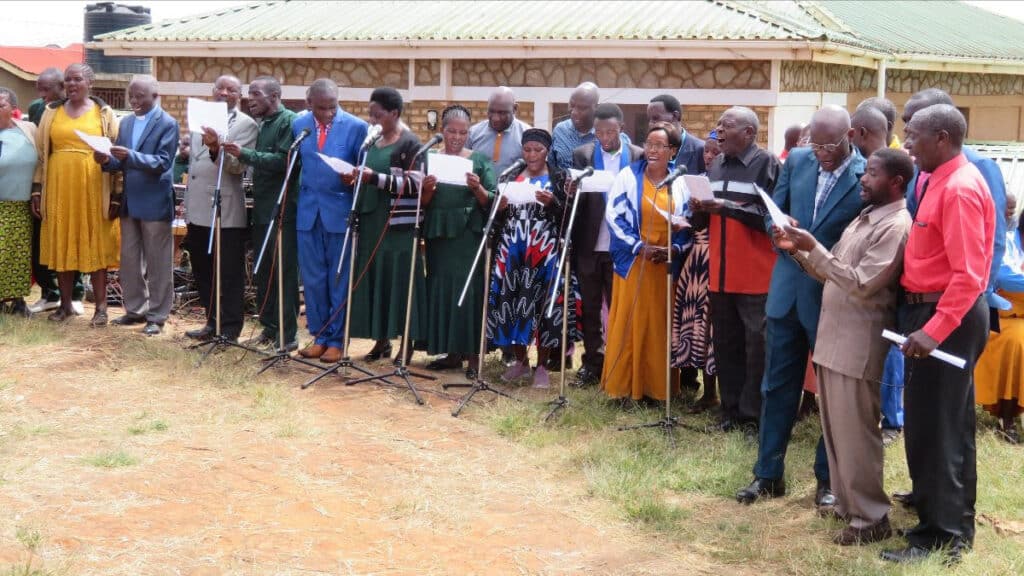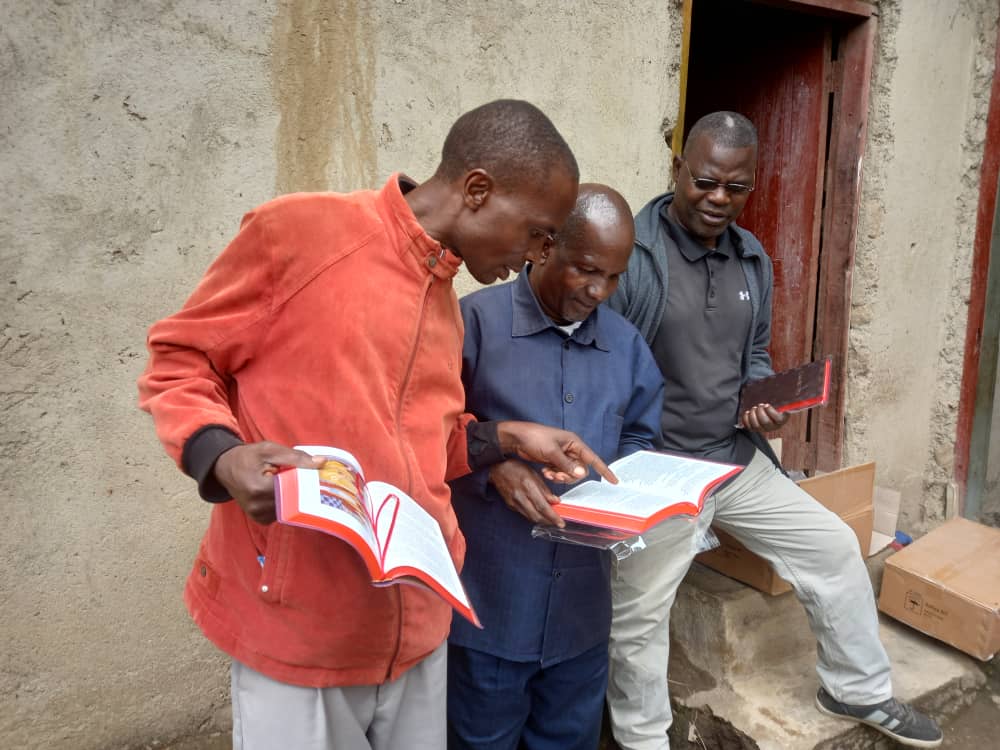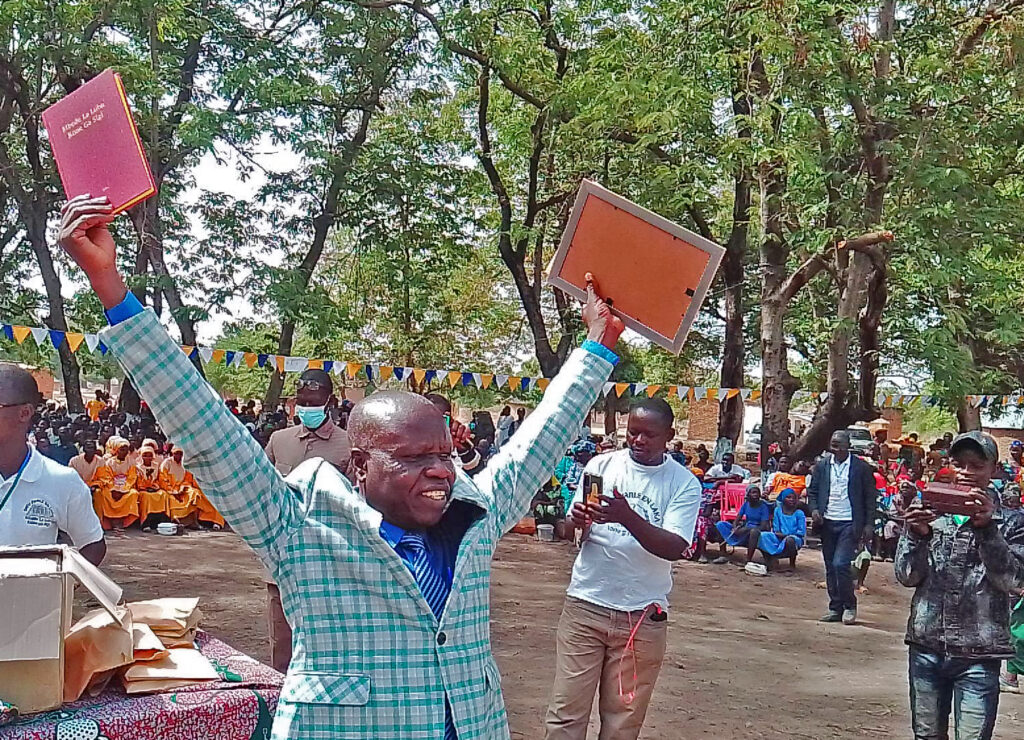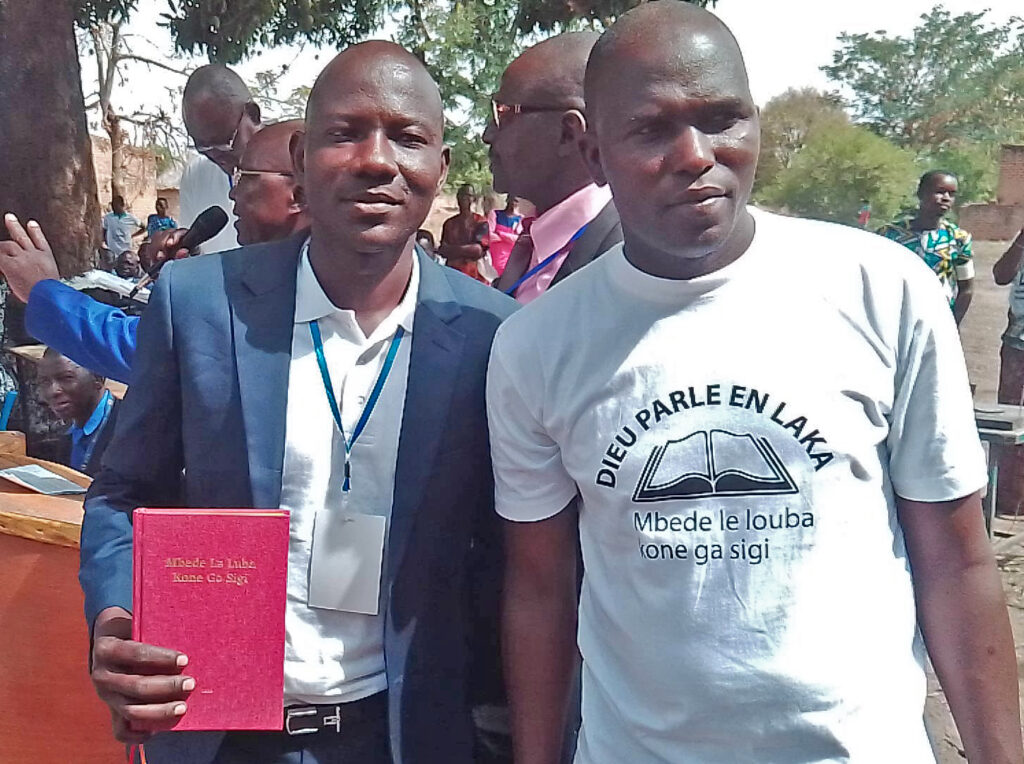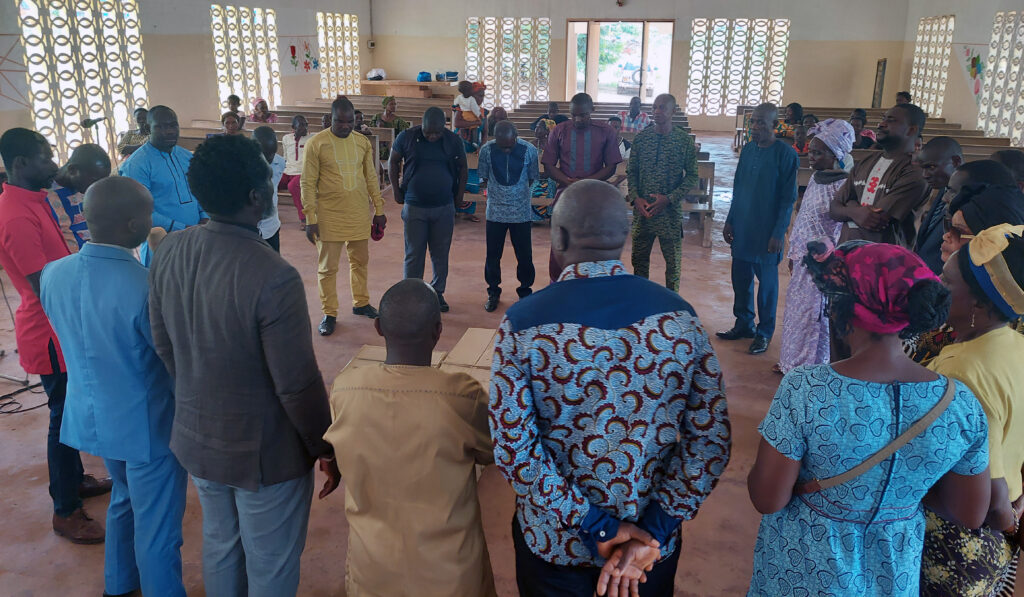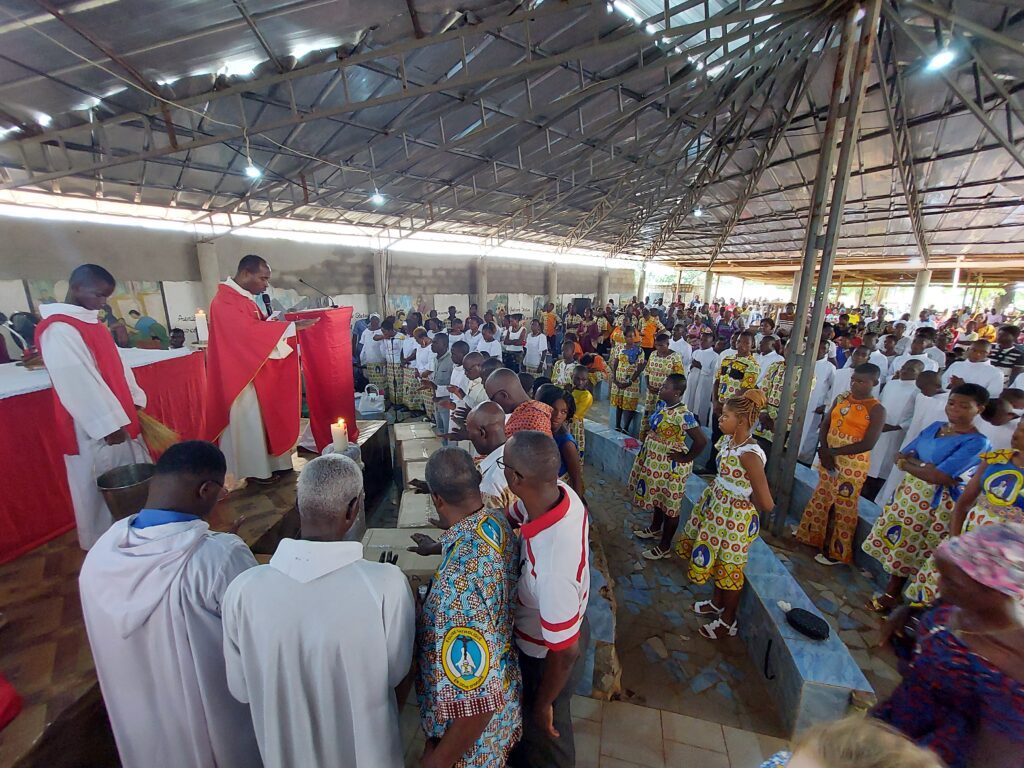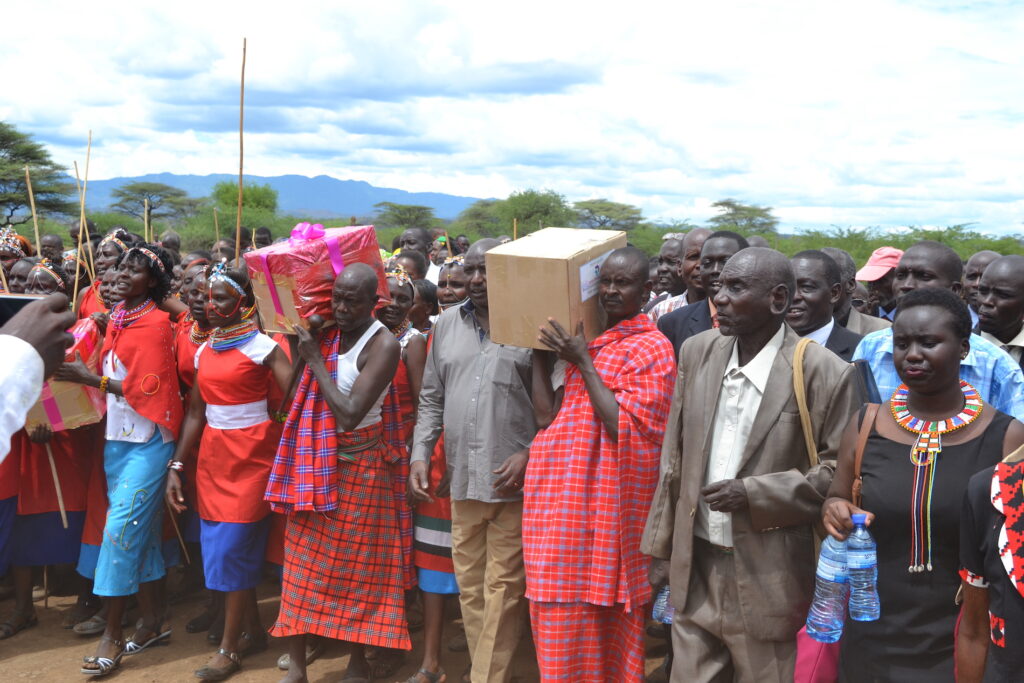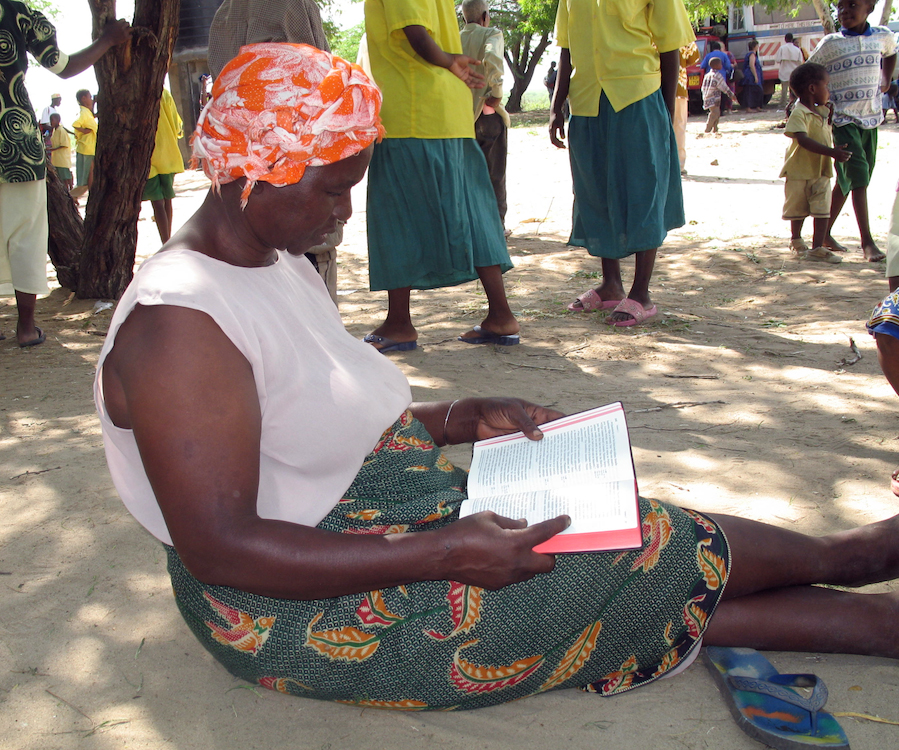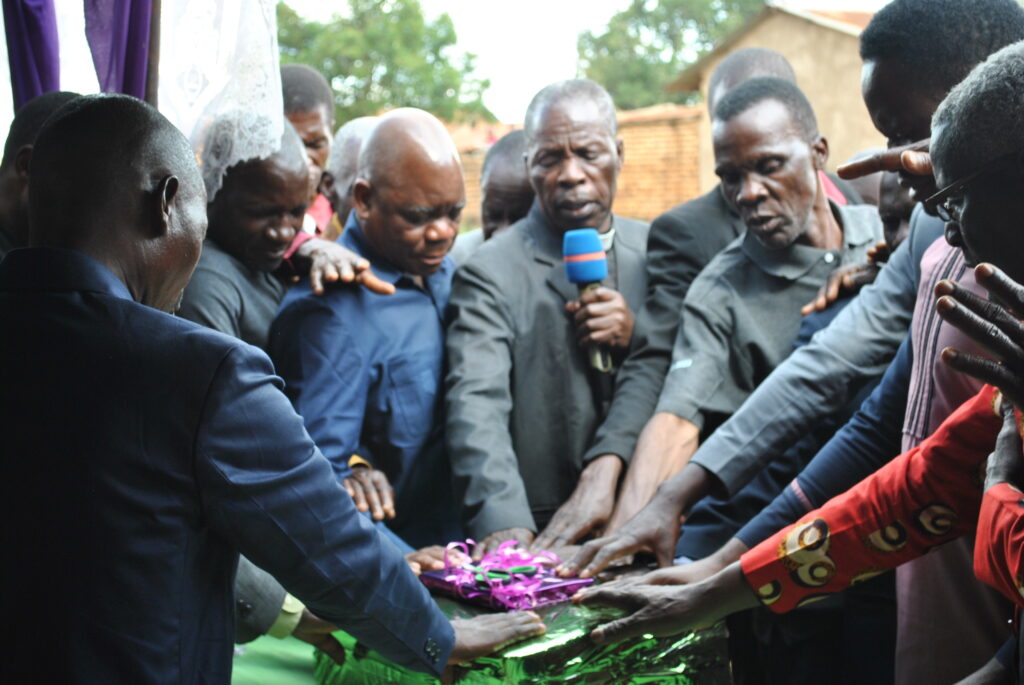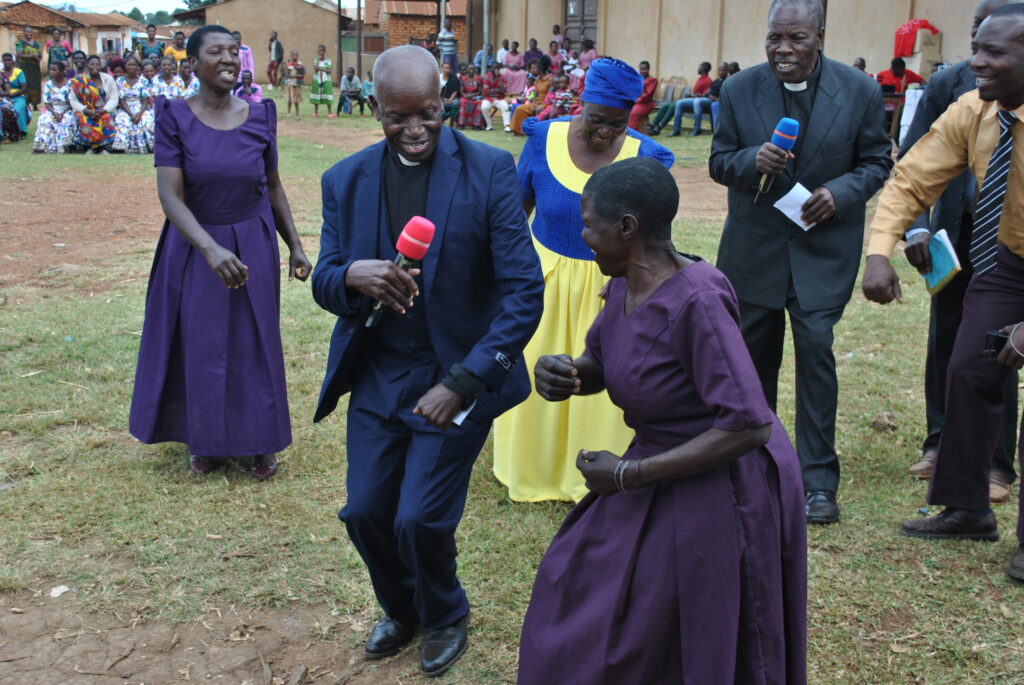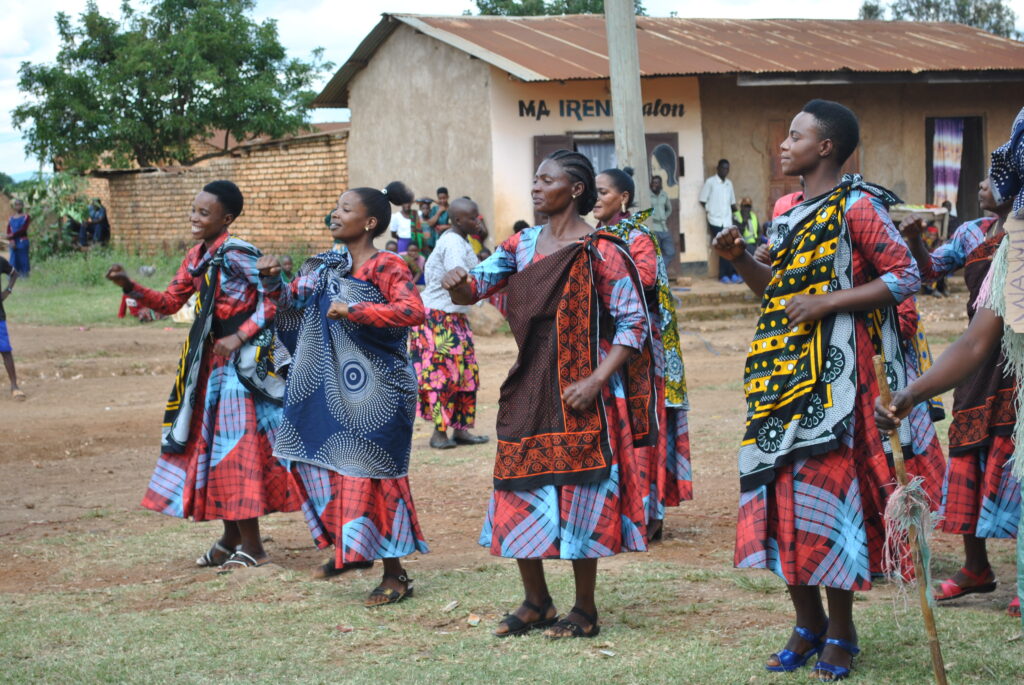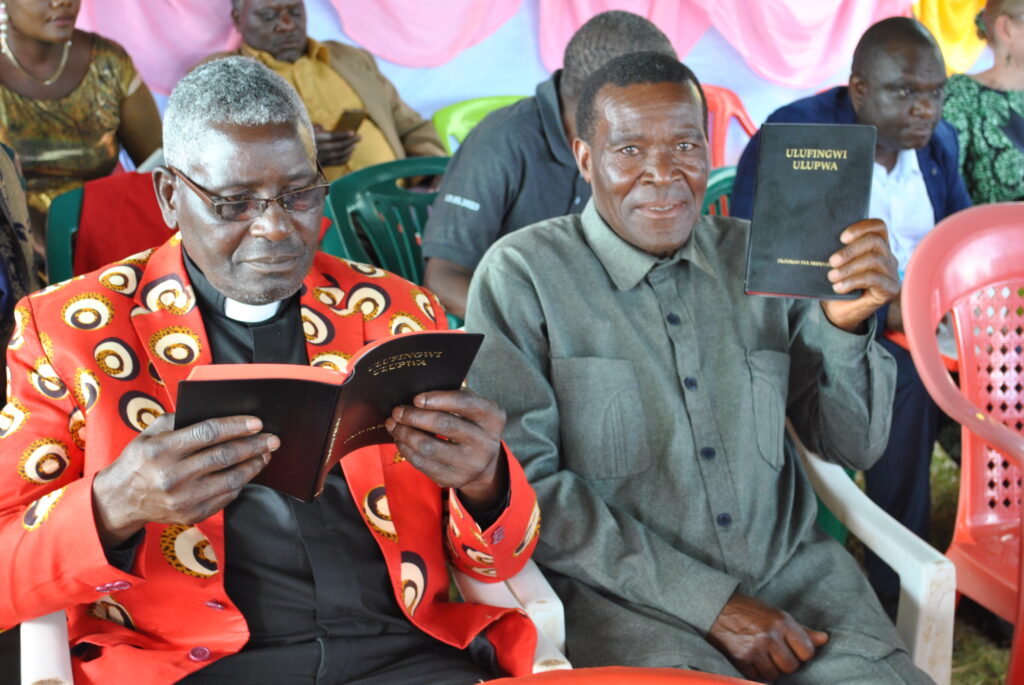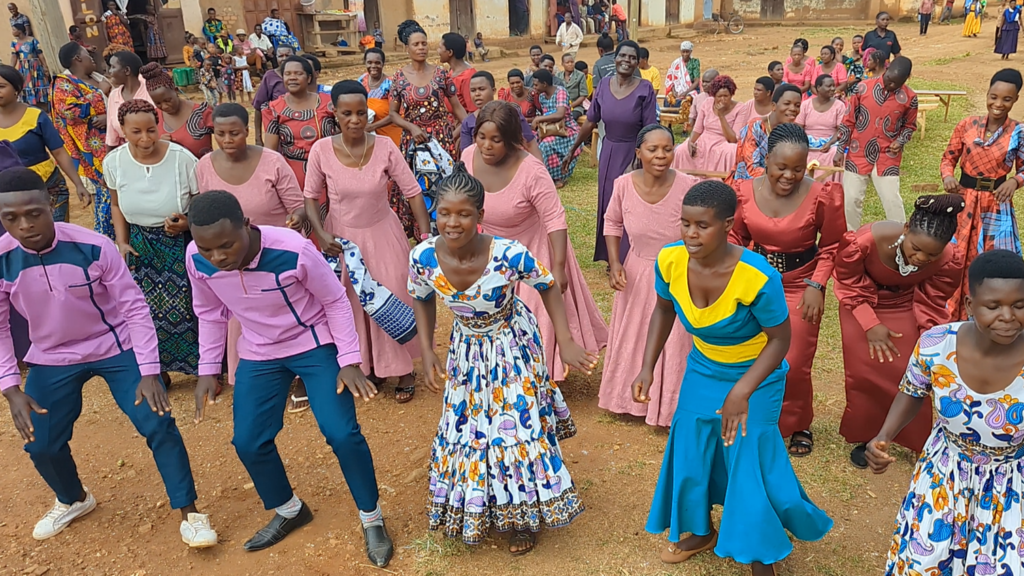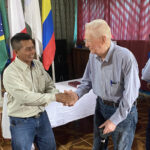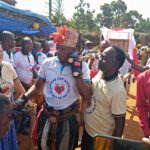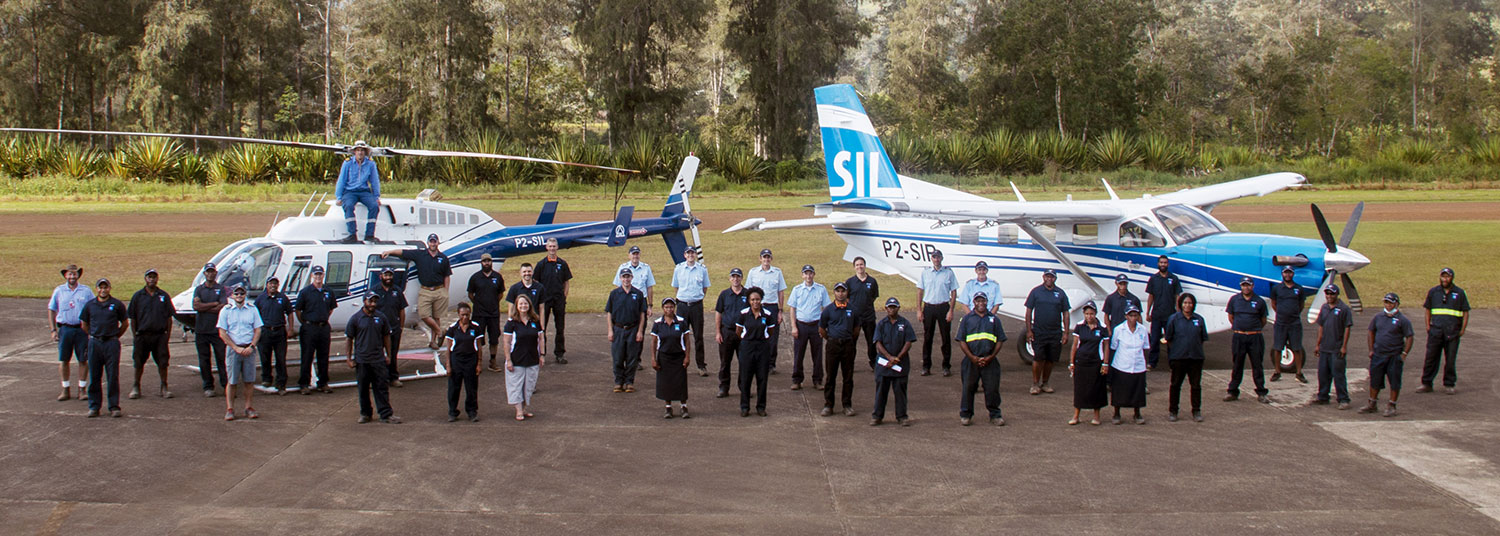Mountain Flying 101: Inside, Outside, or Both?
Flying is a full sensory experience. You see things in three dimensions, you hear the sound of the wind and the power of the engine, and you feel the control forces on the yoke.
This is ‘seat of the pants’ flying. You feel it. You know what your airplane is doing and what it is going to do next. That’s part of the allure of flying: mastering the feel of a machine that requires skill, knowledge, and discipline.
But what happens when your senses mislead you? This is first experienced when you learn to fly in the clouds. Without the usual visual references, you must learn to trust the instruments instead. If you trust your senses, you could find yourself in all sorts of unintended attitudes.
Likewise, when flying in the mountains, the visual picture can mislead you. For example, when you’re descending to land in the flatlands, you can see the ground coming up at you as you get closer. But in the mountains, what if you’re over terrain that drops off steeply on downwind away from the runway? You tend to follow the terrain to make it look like it did at a flatland airstrip. But when you turn final, you’ll be lower and faster than desired. Go around and try again.
The solution is a mixture of ‘seat of the pants’ flying and instrument flying. In PNG, we use the stabilized approach concept to help blend the feel of flying with the precision of the numbers. Prior to 300 feet above the touchdown zone, we want to meet the following four conditions:
- Pitch to maintain nominated airspeed +5/-0 knots,
- Power set to 300–450 ft-lbs,
- Rate of Descent between 400–600 feet-per-minute, and
- Picture stable for point of intended touchdown. Number four is the ‘seat of the pants’ element of a stabilized approach. Does the approach look normal? Is our aiming point steady in the windshield? If we depended on that element alone, we could be dragging it in with lots of power and a shallow descent profile to make the picture ‘look right,’ but by combining inside and outside references, we arrive at the runway the same way every time.
Another factor to consider in the mountains: the wind. Wind flowing up or down a mountainside can cause considerable up and down drafts as well as turbulence and wind shear. Without the stabilized approach concept, it can be difficult to assess what the wind is doing. For example, if you are carrying excess power to maintain the same rate of descent and airspeed, you may be in a downdraft. Here, the outside ‘seat of the pants’ references come into play. Your goal is to sense the rising or sinking air before it puts you off your glide path. By the time you see the change on your instruments, it is too late. You have to anticipate this with your senses.
So which is it? ‘Seat of the pants’ or instrument flying? Just like the pitch and power debate that still rages on, the answer is both. Contrary to pilot lounge tales about bush flying, it takes more than just ‘seat of the pants’ skill to land in the mountains. The mountains demand the same combination of skill and discipline that professional pilots throughout the world employ. The scenery is just a little different.

